Atherosclerosis: Understanding Blood Vessel Hardening, Risks, and Treatment Options
What is atherosclerosis. How does it affect the body. Who is at risk for developing atherosclerosis. What are the symptoms of this condition. How is atherosclerosis diagnosed and treated. What lifestyle changes can help prevent or manage atherosclerosis.
The Nature of Atherosclerosis: A Closer Look at Blood Vessel Hardening
Atherosclerosis is a progressive condition characterized by the accumulation of plaque within the arteries. This buildup leads to the hardening and narrowing of these vital blood vessels, which are responsible for transporting oxygen-rich blood from the heart to various parts of the body.
The plaque responsible for atherosclerosis is a complex mixture of substances, including:
- Fat
- Cholesterol
- Calcium
- Other cellular debris
As this sticky substance accumulates over time, it can significantly impair blood flow, leading to a range of health complications. But what exactly triggers this process?

The precise mechanisms behind atherosclerosis are not fully understood. However, many researchers believe that damage to the endothelium, the innermost layer of the artery wall, plays a crucial role. This damage can be caused by various factors, including:
- Smoking
- High blood pressure
- Elevated cholesterol levels
- Chronic inflammation
- Diabetes
Once the endothelium is compromised, it becomes more susceptible to plaque formation. The body’s immune response to this damage can inadvertently contribute to further plaque buildup, creating a self-perpetuating cycle of arterial hardening.
The Silent Progression: How Atherosclerosis Affects Your Body
One of the most insidious aspects of atherosclerosis is its often asymptomatic nature in the early stages. As the condition progresses, however, its effects on the body can become increasingly severe and wide-ranging.
How does atherosclerosis impact various bodily systems?
- Cardiovascular system: Reduced blood flow to the heart can lead to chest pain (angina) or heart attacks
- Brain: Impaired blood supply to the brain may result in transient ischemic attacks (TIAs) or strokes
- Limbs: Decreased circulation in the extremities can cause peripheral artery disease (PAD), leading to pain, numbness, or even tissue death
- Kidneys: Atherosclerosis in renal arteries can contribute to hypertension and kidney dysfunction
Moreover, the hardened arteries become less flexible, making it harder for the heart to pump blood effectively. This increased workload on the heart can lead to hypertension and heart failure over time.

Identifying the Risk Factors: Who’s Most Susceptible to Atherosclerosis?
While atherosclerosis can affect anyone, certain factors significantly increase the likelihood of developing this condition. Understanding these risk factors is crucial for both prevention and early intervention.
What are the primary risk factors for atherosclerosis?
- Age: The risk increases as you get older
- Gender: Men are generally at higher risk, though the risk for women increases after menopause
- Family history: Genetic predisposition plays a role
- Smoking: One of the most significant modifiable risk factors
- High blood pressure: Damages artery walls and accelerates plaque formation
- High cholesterol: Particularly elevated LDL (“bad”) cholesterol
- Diabetes: Impairs the body’s ability to process fats effectively
- Obesity: Associated with multiple other risk factors
- Physical inactivity: Contributes to obesity and other risk factors
- Unhealthy diet: High in saturated fats, trans fats, and cholesterol
It’s important to note that many of these risk factors are interconnected and can compound each other’s effects. For instance, obesity often coexists with high blood pressure, diabetes, and physical inactivity, creating a perfect storm for atherosclerosis development.

Recognizing the Warning Signs: Symptoms of Atherosclerosis
The stealthy nature of atherosclerosis means that symptoms often don’t appear until the condition has progressed significantly. However, being aware of potential warning signs can lead to earlier detection and intervention.
What symptoms might indicate the presence of atherosclerosis?
- Chest pain or pressure (angina)
- Shortness of breath
- Pain, numbness, or weakness in the limbs
- Difficulty speaking or sudden vision problems
- Fatigue or weakness during physical activity
- Erectile dysfunction in men
It’s crucial to understand that these symptoms can vary depending on which arteries are affected. For instance, atherosclerosis in the coronary arteries may manifest as chest pain, while carotid artery involvement could lead to neurological symptoms.
Moreover, in some cases, the first sign of atherosclerosis might be a major cardiovascular event such as a heart attack or stroke. This underscores the importance of regular check-ups and preventive measures, especially for those with known risk factors.
Diagnosing the Hidden Threat: Medical Approaches to Detecting Atherosclerosis
Given the often asymptomatic nature of atherosclerosis in its early stages, diagnosis typically involves a combination of medical history assessment, physical examination, and various diagnostic tests.
How do healthcare providers diagnose atherosclerosis?
- Medical history and physical examination: The doctor will inquire about symptoms, lifestyle factors, and family history. They may also listen for abnormal sounds in the arteries (bruits) using a stethoscope.
- Blood tests: These can measure cholesterol levels, blood sugar, and other markers that may indicate increased risk.
- Imaging tests: Various imaging techniques can provide detailed views of the arteries and heart, including:
- Ultrasound
- Computed tomography (CT) scans
- Magnetic resonance imaging (MRI)
- Angiography
- Stress tests: These assess heart function during physical activity.
- Ankle-brachial index: This test compares blood pressure in the ankle to that in the arm to evaluate circulation in the limbs.
The choice of diagnostic tools often depends on the suspected location of atherosclerosis and the patient’s overall health profile. For instance, coronary calcium scans can be particularly useful for assessing atherosclerosis risk in the heart arteries.

Combating Atherosclerosis: Treatment Strategies and Management Approaches
The treatment of atherosclerosis typically involves a multi-faceted approach aimed at slowing or halting disease progression, managing symptoms, and reducing the risk of complications.
What are the primary treatment strategies for atherosclerosis?
- Lifestyle modifications:
- Adopting a heart-healthy diet
- Increasing physical activity
- Quitting smoking
- Managing stress
- Medications:
- Statins to lower cholesterol
- Antihypertensive drugs to control blood pressure
- Antiplatelet medications to prevent blood clots
- Medications to manage diabetes, if present
- Surgical interventions:
- Angioplasty and stenting to open blocked arteries
- Endarterectomy to remove plaque from arteries
- Bypass surgery to create alternative blood flow routes
The specific treatment plan is tailored to each individual based on factors such as the severity of atherosclerosis, overall health status, and personal preferences. In many cases, a combination of lifestyle changes and medications can effectively manage the condition and reduce the need for invasive procedures.
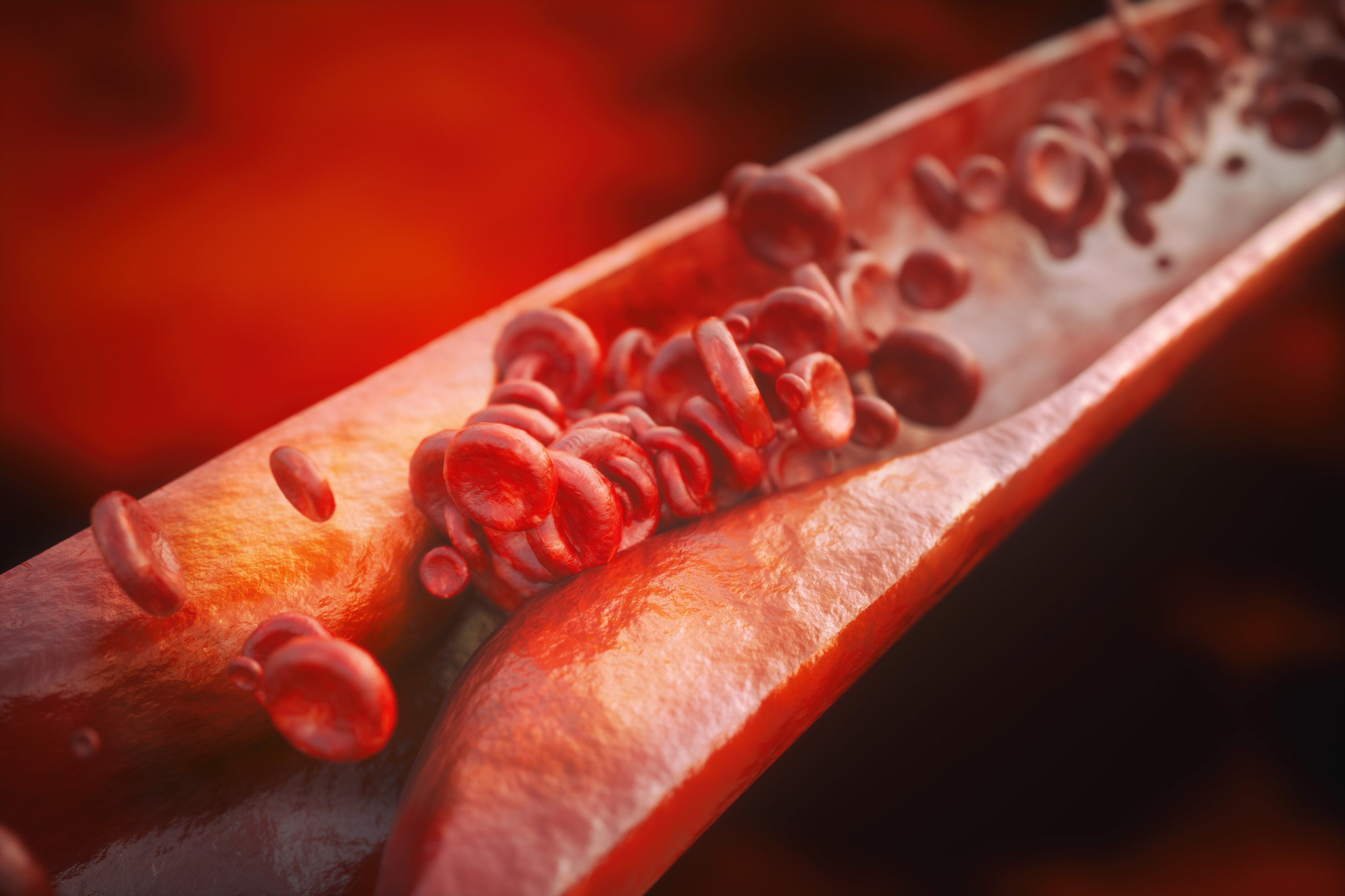
Prevention is Key: Lifestyle Strategies to Ward Off Atherosclerosis
While not all risk factors for atherosclerosis are modifiable, many are directly influenced by lifestyle choices. Implementing preventive measures can significantly reduce the risk of developing this condition or slow its progression if it’s already present.
What lifestyle changes can help prevent or manage atherosclerosis?
- Embrace a heart-healthy diet:
- Increase intake of fruits, vegetables, and whole grains
- Choose lean proteins and fish rich in omega-3 fatty acids
- Limit saturated and trans fats, as well as added sugars
- Reduce sodium intake to help control blood pressure
- Engage in regular physical activity:
- Aim for at least 150 minutes of moderate-intensity exercise per week
- Incorporate both aerobic exercises and strength training
- Find activities you enjoy to make exercise a sustainable habit
- Maintain a healthy weight:
- Use body mass index (BMI) as a guide, aiming for a range of 18.5-24.9
- Focus on sustainable weight loss strategies rather than crash diets
- Quit smoking and limit alcohol consumption:
- Seek support from healthcare providers or support groups to quit smoking
- Limit alcohol to no more than one drink per day for women and two for men
- Manage stress:
- Practice relaxation techniques such as meditation or deep breathing
- Engage in hobbies and activities that bring joy and reduce stress
- Seek professional help if stress becomes overwhelming
Implementing these lifestyle changes not only helps prevent atherosclerosis but also contributes to overall cardiovascular health and well-being. It’s important to remember that small, consistent changes can lead to significant improvements over time.
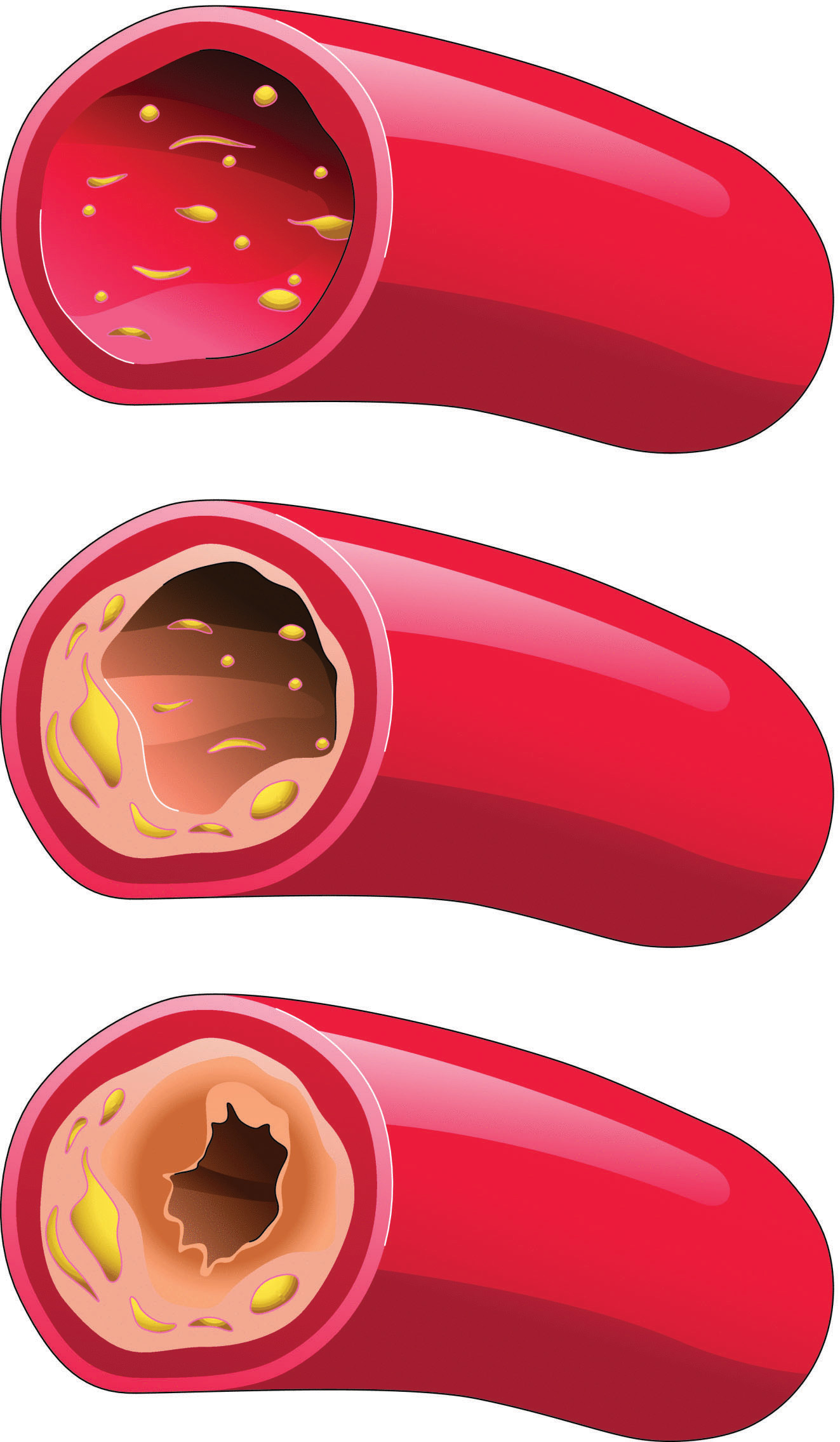
The Role of Regular Check-ups in Atherosclerosis Prevention
Regular medical check-ups play a crucial role in the early detection and management of atherosclerosis. These visits allow healthcare providers to monitor key health indicators and identify potential issues before they become serious problems.
What should be included in regular check-ups for atherosclerosis prevention?
- Blood pressure measurements
- Cholesterol level tests
- Blood glucose monitoring
- Body mass index (BMI) calculation
- Discussion of lifestyle factors and potential risk reduction strategies
The frequency of these check-ups may vary depending on individual risk factors and overall health status. However, most adults should aim for at least one comprehensive health evaluation annually.
Emerging Therapies: The Future of Atherosclerosis Treatment
As our understanding of atherosclerosis continues to evolve, so do the treatment options available. Researchers are exploring innovative approaches that may revolutionize how we manage this condition in the future.
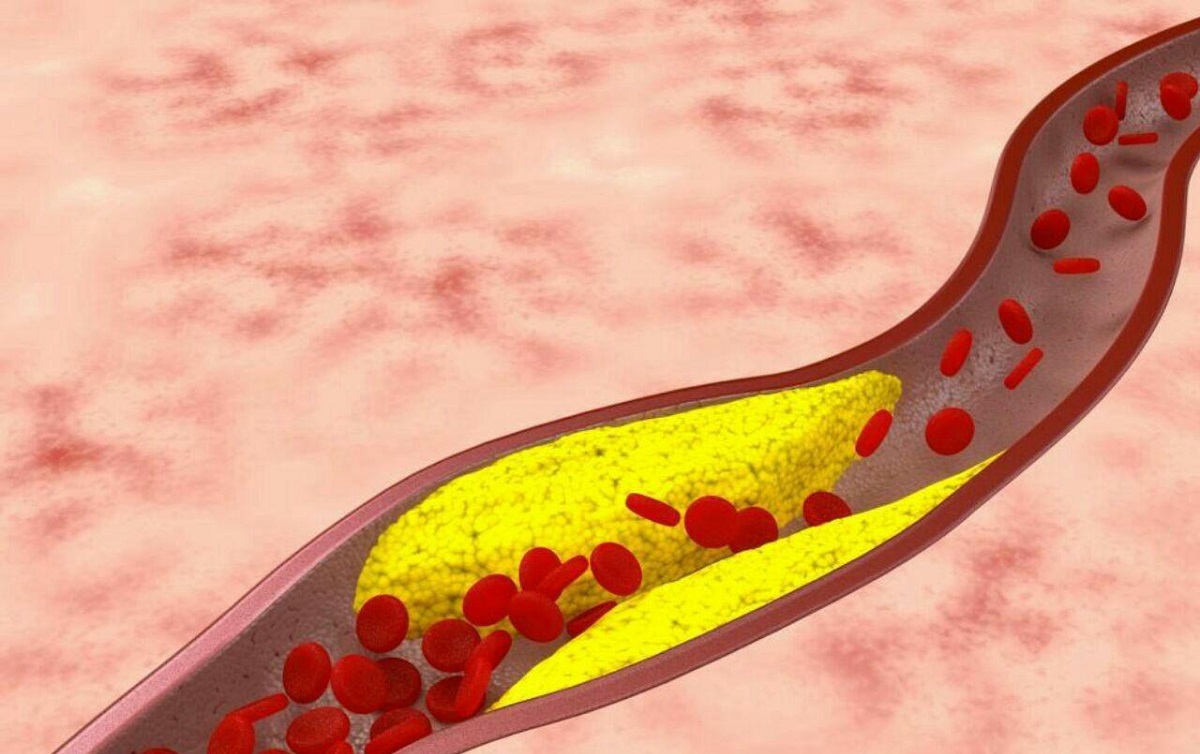
What are some promising areas of research in atherosclerosis treatment?
- Gene therapy: Targeting specific genes involved in cholesterol metabolism or inflammation
- Nanoparticle-based treatments: Delivering medications directly to affected arteries
- Immunotherapy: Modulating the immune response to reduce inflammation in arterial walls
- PCSK9 inhibitors: A new class of drugs that dramatically lower LDL cholesterol levels
- Stem cell therapies: Potentially regenerating damaged arterial tissue
While many of these approaches are still in the experimental stages, they offer hope for more targeted and effective treatments in the future. As research progresses, we may see a shift towards more personalized approaches to atherosclerosis management, tailored to individual genetic profiles and risk factors.
The Importance of Patient Education in Atherosclerosis Management
Effective management of atherosclerosis relies heavily on patient engagement and understanding. Healthcare providers play a crucial role in educating patients about their condition, risk factors, and treatment options.

What key points should be included in patient education about atherosclerosis?
- The nature of the disease and its potential consequences
- The importance of adherence to prescribed medications
- The role of lifestyle modifications in managing the condition
- The need for regular follow-up appointments and monitoring
- Warning signs that require immediate medical attention
By empowering patients with knowledge, healthcare providers can foster better compliance with treatment plans and encourage proactive health management. This collaborative approach between patients and healthcare teams is essential for optimal outcomes in atherosclerosis management.
What it Is, Risks, Symptoms & Treatment
Overview
What is atherosclerosis?
Atherosclerosis is a disease that occurs when plaque builds up on the inside walls of the arteries. Arteries are blood vessels that deliver blood and oxygen from the heart to the rest of the body.
Plaque is a sticky substance made of fat, cholesterol, calcium and other substances. As plaque builds up, the arteries become hard and narrow.
What’s the difference between atherosclerosis and arteriosclerosis?
Atherosclerosis is a type of arteriosclerosis, which is any hardening of the arteries. But the two terms are often used to mean the same thing.
How can hardening of the arteries affect my body?
Atherosclerosis may begin in childhood, and it gets worse over time.
Hardening of the arteries can cause several problems. Narrow or blocked arteries can’t deliver enough blood, oxygen and nutrients to the rest of the body. Blockages can eventually lead to tissue death or infection in the arms, legs or other parts of the body.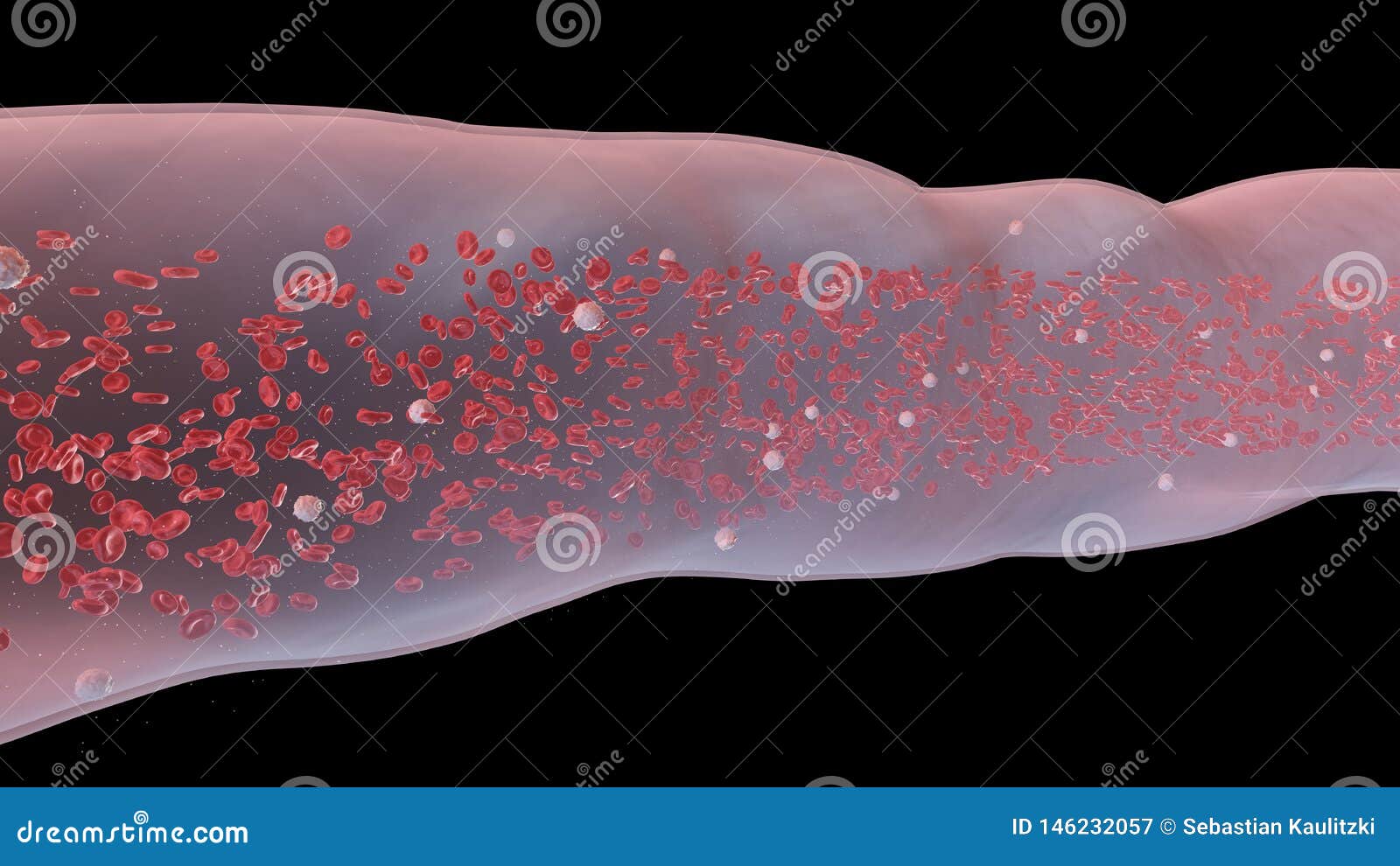
A piece of plaque can break free and then get stuck somewhere in the body, causing damage. Also, a blood clot can form in a narrow artery. It can eventually loosen and travel through the artery.
Atherosclerosis can lead to serious health problems and medical emergencies, including:
Who’s at risk for atherosclerosis?
Anyone can have atherosclerosis, but some people have a higher chance of developing it. Risk factors include:
Symptoms and Causes
What causes atherosclerosis?
Although scientists know the risk factors, they don’t completely understand why some people develop atherosclerosis and others don’t.
Many believe the condition begins because of damage to the endothelium, the artery’s inner lining. Smoking, high cholesterol, high blood pressure, high blood glucose and other factors may cause the damage. Plaque collects where the damage occurred. The material may then stimulate the body to produce more substances, which also collect.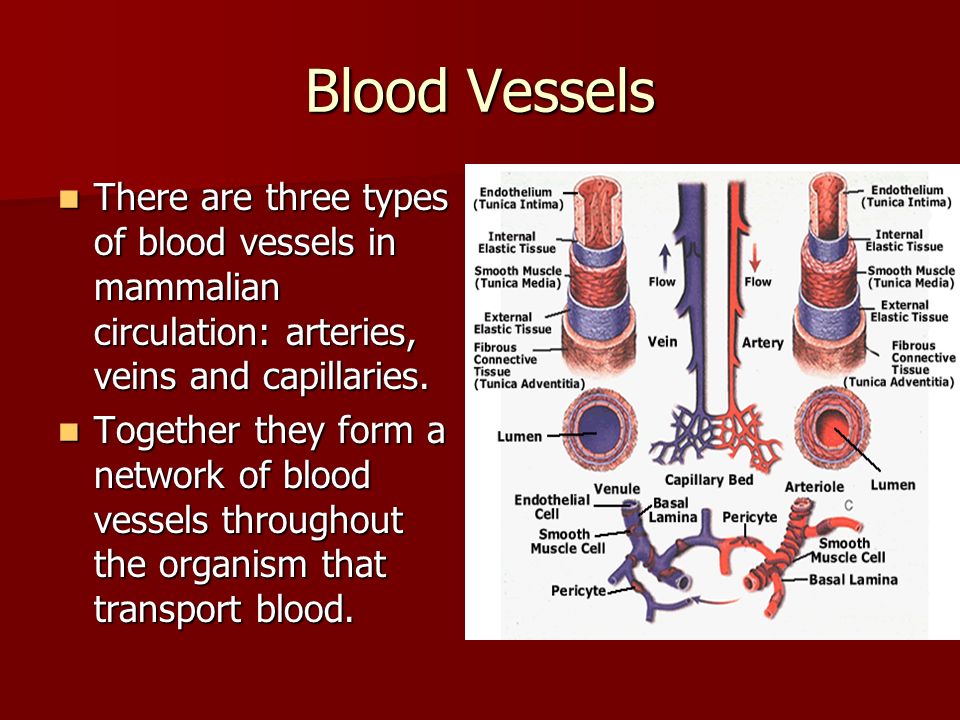 The arteries get progressively thicker, and blood flow decreases more and more.
The arteries get progressively thicker, and blood flow decreases more and more.
What are the symptoms of atherosclerosis?
Atherosclerosis often doesn’t cause any symptoms until an artery is very narrow or entirely blocked. Many people don’t even know they have the condition until a medical emergency, such as a heart attack or stroke.
Diagnosis and Tests
How is atherosclerosis diagnosed?
To determine whether you have atherosclerosis, a healthcare provider will start with:
- Family medical history.
- Personal medical history.
- Physical exam, listening with a stethoscope for weak or absent pulse or an abnormal sound in your arteries called bruit.
- Blood tests, which can measure the amount of fat, cholesterol, sugar and protein in your blood.
Your healthcare provider may order tests to diagnose atherosclerosis and plan treatment, such as:
- Angiography, a test that uses special X-rays to locate and measure blockages.
 A contrast dye is injected into the arteries to help the blockages show up on the X-rays. The test is performed through a catheter inserted into an artery, usually in the groin or arm.
A contrast dye is injected into the arteries to help the blockages show up on the X-rays. The test is performed through a catheter inserted into an artery, usually in the groin or arm. - Ankle/brachial index, which compares the blood pressure in your ankle to the pressure in your arm to measure blood flow in the limbs.
- Chest X-ray, which takes pictures inside your chest.
- CT scan, which takes pictures inside the body and can show hardening and narrowing of large arteries.
- Echocardiogram (echo), a painless test that takes pictures of the heart’s valves and chambers and measures pumping action.
- Electrocardiogram (EKG), a painless test that measures the heart’s electrical activity, rate and rhythm.
- Exercise stress test, which measures heart function while you are physically active.
What specialists might I need to see for arteriosclerosis?
If you have atherosclerosis, your healthcare provider may recommend you see a specialist, such as:
- Cardiologist, who specializes in the heart.

- Nephrologist, who specializes in the kidneys.
- Neurologist, who specializes in the nervous system (brain and spine).
- Vascular specialist, who specializes in the blood vessels.
Management and Treatment
How is atherosclerosis treated?
Treatment for atherosclerosis may involve lifestyle changes, medications and surgical procedures. The goals are to:
- Lower the risk of blood clots.
- Make healthier choices to prevent additional heart or vascular conditions.
- Prevent atherosclerosis-related diseases and complications.
- Relieve symptoms.
- Slow or stop plaque buildup.
- Widen or bypass clogged or blocked arteries.
Your healthcare team also may prescribe medications to:
- Control blood pressure.
- Lower cholesterol.
- Manage blood glucose levels.
- Prevent blood clots.
Some people with advanced atherosclerosis might require surgical procedures, such as:
- Coronary angioplasty, also called percutaneous coronary intervention, opens narrow or blocked coronary (heart) arteries.
 It’s performed through a catheter inserted into a groin artery (cardiac catheterization). The surgeon may place a stent (small tube) in the artery to prop it open.
It’s performed through a catheter inserted into a groin artery (cardiac catheterization). The surgeon may place a stent (small tube) in the artery to prop it open. - Coronary artery bypass surgery uses arteries or veins from other areas in your body to bypass (go around) a narrowed artery.
- Bypass surgery redirects blood from a clogged leg artery and improves blood flow to the leg.
- Carotid endarterectomy is surgery to remove plaque from the arteries in the neck to help prevent a stroke.
Prevention
How can I prevent or lessen atherosclerosis?
You may not be able to prevent atherosclerosis completely. But you can reduce your risk and lessen the effects of the disease by:
- Eating a healthy diet low in saturated and trans fats, cholesterol, sodium (salt) and sugar.
- Exercising regularly.
- Maintaining a healthy weight.
- Managing any health conditions, especially diabetes, high blood pressure and high cholesterol.

- Quitting smoking.
- Having an annual checkup with your primary care provider.
Outlook / Prognosis
What is the outlook for people with atherosclerosis?
Medical advancements have helped improve the outlook for people with atherosclerosis. If the condition is caught early and treated, people with atherosclerosis can live healthy, active lives. But the disease can cause health emergencies and even death.
Living With
When should I seek immediate medical attention?
If you have any signs of heart attack or stroke, seek immediate medical attention. Symptoms may include:
- Chest pain.
- Difficulty breathing.
- Infection.
- Numbness in the arms, legs or elsewhere.
- Muscle weakness.
- Trouble walking.
- Slurred speech.
How can I best learn to cope with atherosclerosis?
Learning that you have atherosclerosis can cause fear and stress. It might help to:
- Attend support groups for people with the same condition.

- Share your feelings with your healthcare provider or a counselor.
- Talk to family and friends about the lifestyle changes you need to make so they can help you.
A note from Cleveland Clinic
Atherosclerosis is a disease that occurs when plaque builds up on the inside walls of the arteries. It often starts in childhood and gets worse over time. High blood pressure, high cholesterol, diabetes and other conditions can increase your risk. It’s important to get a checkup every year to catch and manage any related conditions. Healthy lifestyle choices, medications and surgical procedures can prevent complications of atherosclerosis.
What it Is, Risks, Symptoms & Treatment
Overview
What is atherosclerosis?
Atherosclerosis is a disease that occurs when plaque builds up on the inside walls of the arteries. Arteries are blood vessels that deliver blood and oxygen from the heart to the rest of the body.
Plaque is a sticky substance made of fat, cholesterol, calcium and other substances.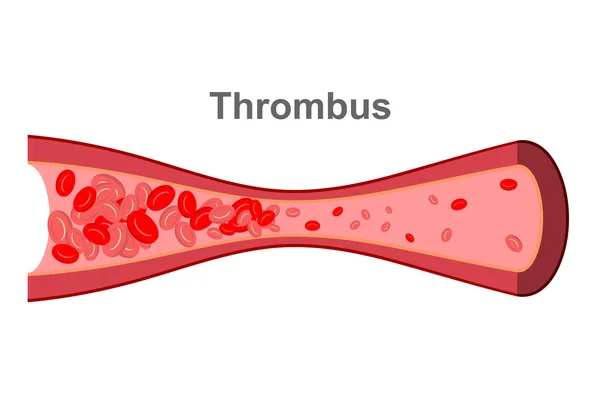 As plaque builds up, the arteries become hard and narrow.
As plaque builds up, the arteries become hard and narrow.
What’s the difference between atherosclerosis and arteriosclerosis?
Atherosclerosis is a type of arteriosclerosis, which is any hardening of the arteries. But the two terms are often used to mean the same thing.
How can hardening of the arteries affect my body?
Atherosclerosis may begin in childhood, and it gets worse over time.
Hardening of the arteries can cause several problems. Narrow or blocked arteries can’t deliver enough blood, oxygen and nutrients to the rest of the body. Blockages can eventually lead to tissue death or infection in the arms, legs or other parts of the body.
A piece of plaque can break free and then get stuck somewhere in the body, causing damage. Also, a blood clot can form in a narrow artery. It can eventually loosen and travel through the artery.
Atherosclerosis can lead to serious health problems and medical emergencies, including:
Who’s at risk for atherosclerosis?
Anyone can have atherosclerosis, but some people have a higher chance of developing it. Risk factors include:
Risk factors include:
Symptoms and Causes
What causes atherosclerosis?
Although scientists know the risk factors, they don’t completely understand why some people develop atherosclerosis and others don’t.
Many believe the condition begins because of damage to the endothelium, the artery’s inner lining. Smoking, high cholesterol, high blood pressure, high blood glucose and other factors may cause the damage. Plaque collects where the damage occurred. The material may then stimulate the body to produce more substances, which also collect. The arteries get progressively thicker, and blood flow decreases more and more.
What are the symptoms of atherosclerosis?
Atherosclerosis often doesn’t cause any symptoms until an artery is very narrow or entirely blocked. Many people don’t even know they have the condition until a medical emergency, such as a heart attack or stroke.
Diagnosis and Tests
How is atherosclerosis diagnosed?
To determine whether you have atherosclerosis, a healthcare provider will start with:
- Family medical history.

- Personal medical history.
- Physical exam, listening with a stethoscope for weak or absent pulse or an abnormal sound in your arteries called bruit.
- Blood tests, which can measure the amount of fat, cholesterol, sugar and protein in your blood.
Your healthcare provider may order tests to diagnose atherosclerosis and plan treatment, such as:
- Angiography, a test that uses special X-rays to locate and measure blockages. A contrast dye is injected into the arteries to help the blockages show up on the X-rays. The test is performed through a catheter inserted into an artery, usually in the groin or arm.
- Ankle/brachial index, which compares the blood pressure in your ankle to the pressure in your arm to measure blood flow in the limbs.
- Chest X-ray, which takes pictures inside your chest.
- CT scan, which takes pictures inside the body and can show hardening and narrowing of large arteries.
- Echocardiogram (echo), a painless test that takes pictures of the heart’s valves and chambers and measures pumping action.

- Electrocardiogram (EKG), a painless test that measures the heart’s electrical activity, rate and rhythm.
- Exercise stress test, which measures heart function while you are physically active.
What specialists might I need to see for arteriosclerosis?
If you have atherosclerosis, your healthcare provider may recommend you see a specialist, such as:
- Cardiologist, who specializes in the heart.
- Nephrologist, who specializes in the kidneys.
- Neurologist, who specializes in the nervous system (brain and spine).
- Vascular specialist, who specializes in the blood vessels.
Management and Treatment
How is atherosclerosis treated?
Treatment for atherosclerosis may involve lifestyle changes, medications and surgical procedures. The goals are to:
- Lower the risk of blood clots.
- Make healthier choices to prevent additional heart or vascular conditions.
- Prevent atherosclerosis-related diseases and complications.

- Relieve symptoms.
- Slow or stop plaque buildup.
- Widen or bypass clogged or blocked arteries.
Your healthcare team also may prescribe medications to:
- Control blood pressure.
- Lower cholesterol.
- Manage blood glucose levels.
- Prevent blood clots.
Some people with advanced atherosclerosis might require surgical procedures, such as:
- Coronary angioplasty, also called percutaneous coronary intervention, opens narrow or blocked coronary (heart) arteries. It’s performed through a catheter inserted into a groin artery (cardiac catheterization). The surgeon may place a stent (small tube) in the artery to prop it open.
- Coronary artery bypass surgery uses arteries or veins from other areas in your body to bypass (go around) a narrowed artery.
- Bypass surgery redirects blood from a clogged leg artery and improves blood flow to the leg.
- Carotid endarterectomy is surgery to remove plaque from the arteries in the neck to help prevent a stroke.

Prevention
How can I prevent or lessen atherosclerosis?
You may not be able to prevent atherosclerosis completely. But you can reduce your risk and lessen the effects of the disease by:
- Eating a healthy diet low in saturated and trans fats, cholesterol, sodium (salt) and sugar.
- Exercising regularly.
- Maintaining a healthy weight.
- Managing any health conditions, especially diabetes, high blood pressure and high cholesterol.
- Quitting smoking.
- Having an annual checkup with your primary care provider.
Outlook / Prognosis
What is the outlook for people with atherosclerosis?
Medical advancements have helped improve the outlook for people with atherosclerosis. If the condition is caught early and treated, people with atherosclerosis can live healthy, active lives. But the disease can cause health emergencies and even death.
Living With
When should I seek immediate medical attention?
If you have any signs of heart attack or stroke, seek immediate medical attention. Symptoms may include:
Symptoms may include:
- Chest pain.
- Difficulty breathing.
- Infection.
- Numbness in the arms, legs or elsewhere.
- Muscle weakness.
- Trouble walking.
- Slurred speech.
How can I best learn to cope with atherosclerosis?
Learning that you have atherosclerosis can cause fear and stress. It might help to:
- Attend support groups for people with the same condition.
- Share your feelings with your healthcare provider or a counselor.
- Talk to family and friends about the lifestyle changes you need to make so they can help you.
A note from Cleveland Clinic
Atherosclerosis is a disease that occurs when plaque builds up on the inside walls of the arteries. It often starts in childhood and gets worse over time. High blood pressure, high cholesterol, diabetes and other conditions can increase your risk. It’s important to get a checkup every year to catch and manage any related conditions. Healthy lifestyle choices, medications and surgical procedures can prevent complications of atherosclerosis.
Healthy lifestyle choices, medications and surgical procedures can prevent complications of atherosclerosis.
It’s About More Than Heart Disease
Lots of people worry about atherosclerosis — or hardening of the arteries — as a factor in heart disease and stroke. But did you know that diabetes, high cholesterol, high blood pressure, a sedentary lifestyle, and obesity are all major risk factors for atherosclerosis?
Take the case of Barbie Perkins-Cooper, 57, a writer from Mount Pleasant, S.C. When she discovered that she had type 2 diabetes, she also discovered that she was at risk for atherosclerosis. What’s worse: her high cholesterol levels, obesity, and sedentary lifestyle put her at even greater risk.
Perkins-Cooper is hardly alone. Many people who are eventually diagnosed with atherosclerosis have at least one of these other problems. And that’s not all. Once you develop atherosclerosis, each of these conditions can worsen the damage to your arteries. Here’s how:
Diabetes. People with diabetes tend to develop atherosclerosis earlier and more extensively than those without the disease. In fact, people with diabetes — especially women — are two to six times more likely to get atherosclerosis. Patients with type 1 and type 2 diabetes can also develop the disease in small blood vessels, such as those in the eyes and kidneys.
People with diabetes tend to develop atherosclerosis earlier and more extensively than those without the disease. In fact, people with diabetes — especially women — are two to six times more likely to get atherosclerosis. Patients with type 1 and type 2 diabetes can also develop the disease in small blood vessels, such as those in the eyes and kidneys.
Diabetes is a major predictor of how well patients fare with atherosclerosis and heart disease. “Once you have a heart attack, for example, you’re going to do a lot worse than if you don’t have diabetes,” says Sam Tsimikas, MD, professor of clinical medicine and director of vascular medicine at the University of California, San Diego.
High LDL cholesterol. High levels of LDL, the bad kind of cholesterol, promote plaque formation in artery linings — the signature symptom of atherosclerosis. Too much LDL can worsen atherosclerosis and increase the chance of heart disease. “It is a major risk factor,” Tsimikas says.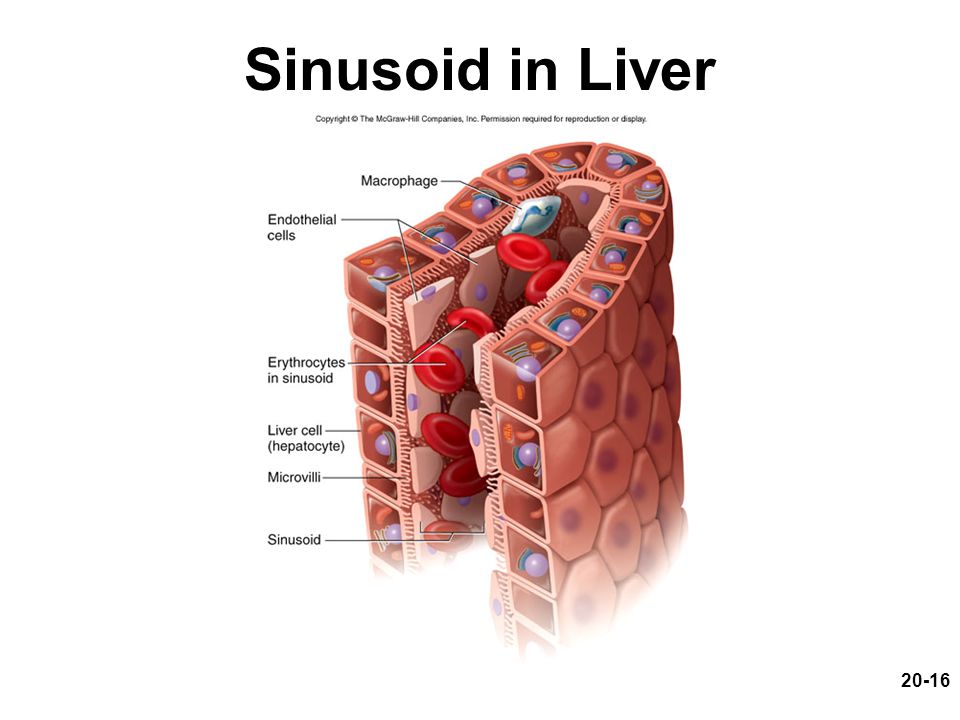 “The higher the LDL, the more likely you are to get a heart attack. The lower the LDL, the more likely you are not to get one.”
“The higher the LDL, the more likely you are to get a heart attack. The lower the LDL, the more likely you are not to get one.”
High blood pressure. This condition is associated with inflammation and increased damage to the lining of the vessels because they’re under higher pressure, Tsimikas says. A vessel is like a garden hose, he says. “If it’s always under high pressure, eventually, it’s going to get damaged. If there are other risk factors — diabetes and high cholesterol circulating in that pipe — eventually, all of that is going to clog it up.”
Obesity. Being obese raises the risk of atherosclerosis in the arteries that supply blood to the heart muscle. Abdominal obesity also makes a person more likely to develop high blood pressure, type 2 diabetes, and high cholesterol. Once these various problems come into play, they can further damage the blood vessels and worsen atherosclerosis. Keeping weight under control is crucial, Tsimikas says. “If people can commit to eat less and walk for 20 minutes every day, it will make a big difference.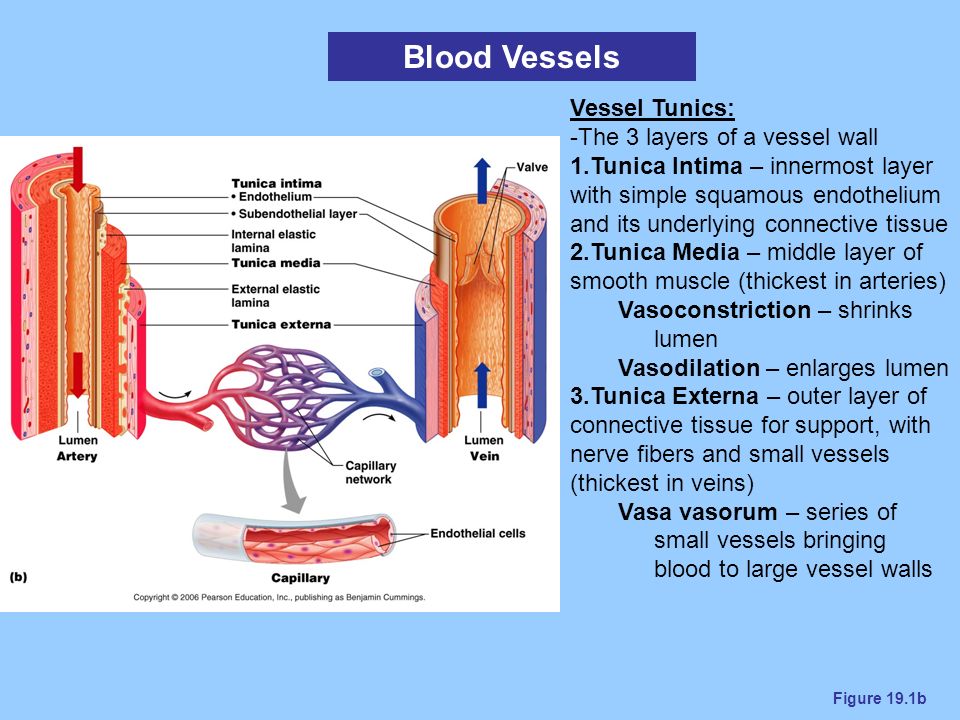 “
“
Smoking.Smoking is linked to progression of atherosclerosis. It harms the inner lining of blood vessels, increases risk of injury to the inner lining of arteries, raises LDL cholesterol, and lowers HDL (good) cholesterol. “If you look at patients under 50 with heart attacks, almost all of them are smokers,” Tsimikas says. “Smoking can cause heart disease by damaging your blood vessels and causing more plaque and blood clots to form inside blood vessels.” The good news: risk of heart disease decreases quickly after a smoker gives up cigarettes, Tsimikas says.
Keeping blood pressure, cholesterol, weight, and diabetes under control also results in big payoffs, Tsimikas says, even if your atherosclerosis has already led to heart disease. “If you control the risk factors more aggressively, you’re more likely to do better in terms of preventing a new heart attack or not needing a bypass or other procedure.”
Perkins-Cooper’s own doctor calls her a poster child for good health.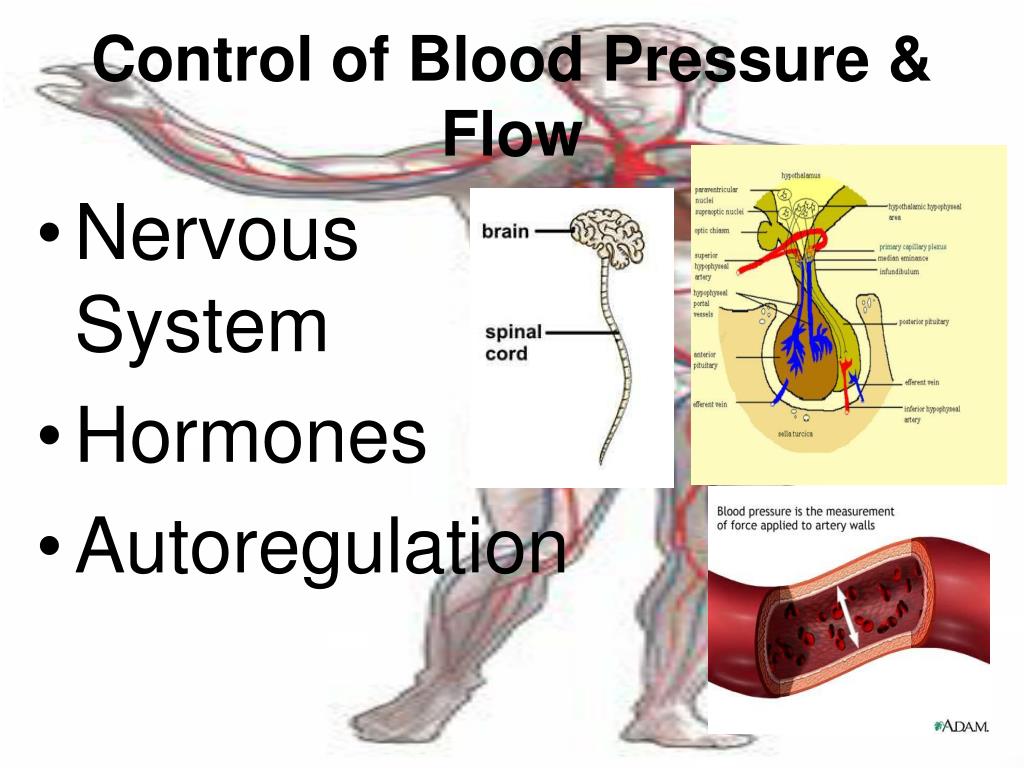 After that shocking diabetes diagnosis, she dropped 32 pounds — no more fried Southern food and regular dessert, she says. She lowered her cholesterol from a high of 225. She began exercising, too. “I’m a very stubborn person,” she says. “When I put my mind to it, I can get things done. I just revamped my whole lifestyle.”
After that shocking diabetes diagnosis, she dropped 32 pounds — no more fried Southern food and regular dessert, she says. She lowered her cholesterol from a high of 225. She began exercising, too. “I’m a very stubborn person,” she says. “When I put my mind to it, I can get things done. I just revamped my whole lifestyle.”
Atherosclerosis | Michigan Medicine
Topic Overview
What is atherosclerosis?
Atherosclerosis, sometimes called “hardening of the arteries,” occurs when fat (cholesterol) and calcium build up inside the lining of the artery wall, forming a substance called plaque. Over time, the fat and calcium buildup narrows the artery and blocks blood flow through it.
Atherosclerosis can happen in all arteries. If you have atherosclerosis in one of your arteries, there is a good chance that you have atherosclerosis in other blood vessels throughout your body.
What problems does atherosclerosis cause?
Coronary artery disease
. When atherosclerosis affects the arteries that supply blood to the heart, the coronary arteries, it can restrict blood flow to the heart muscle.
When atherosclerosis affects the arteries that supply blood to the heart, the coronary arteries, it can restrict blood flow to the heart muscle.
Heart attack
. Plaque, caused by atherosclerosis, is surrounded by a fibrous cap. This fibrous cap may tear or rupture. A tear or rupture tells the body to repair the injured artery lining, much as it might heal a cut on the skin by forming a blood clot to seal the area. A blood clot that forms in an artery can completely block blood flow to the heart muscle and cause a heart attack. See a picture of how atherosclerosis can cause a heart attack.
Stroke
or
transient ischemic attack (TIA)
. When atherosclerosis affects the arteries that supply blood to the brain, it may cause a transient ischemic attack (TIA) or stroke.
Peripheral arterial disease
. Atherosclerosis can affect arteries in other parts of the body, such as the pelvis and legs, causing poor circulation.
Abdominal aortic aneurysm
. Atherosclerosis can make the walls of the aorta weak. The aorta is the large artery that carries blood from the heart to the rest of the body.
How is atherosclerosis treated?
A major part of treating atherosclerosis and coronary artery disease involves lifestyle changes (such as quitting smoking) and medicines to help reduce high cholesterol, control high blood pressure, and manage other things that increase a person’s risk of heart attack, stroke, and other complications.
How can you slow down atherosclerosis?
Atherosclerosis is a process, and there are ways you can slow it down and help lower your risk for heart attack and stroke. A heart-healthy lifestyle can lower your risk. This includes eating heart-healthy foods, being active, staying at a healthy weight, and not smoking. All of these things have many benefits for your body, your heart, and your blood vessels. If your risk is high, you might also take medicines that lower your risk.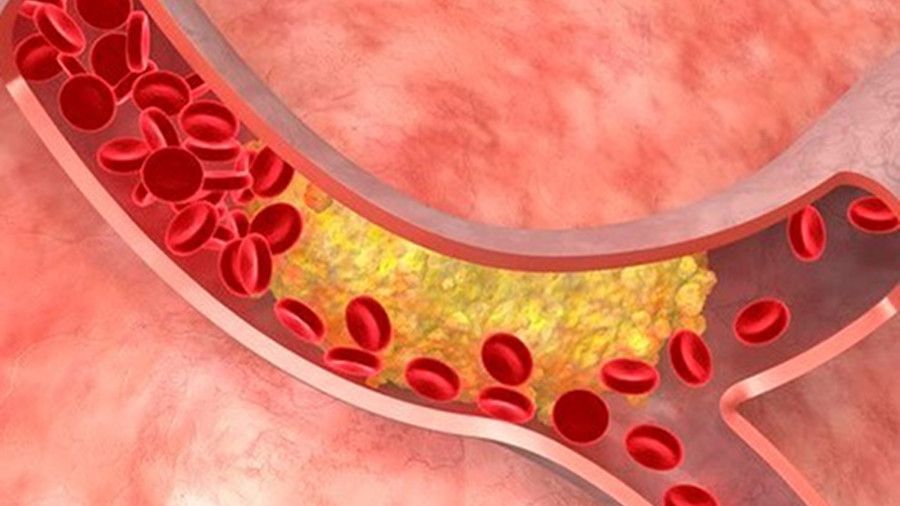 These include medicines to lower cholesterol and blood pressure.
These include medicines to lower cholesterol and blood pressure.
How does atherosclerosis happen?
Although the exact process is not completely understood, scientists have described three different stages of atherosclerosis that lead to clogged arteries. These stages do not necessarily occur in order, nor is there always a progression from one stage to the next.
The fatty streak. The “fatty streak” appears as a yellow streak running inside the walls of the major arteries, such as the aorta. The streak consists of cholesterol, white blood cells, and other cellular matter. The fatty streak by itself does not cause symptoms of heart disease but can develop into a more advanced form of atherosclerosis, called fibrous plaque.
The plaque. A plaque forms in the inner layer of the artery. Plaque is a buildup of cholesterol, white blood cells, calcium, and other substances in the walls of arteries. Over time, plaque narrows the artery, and the artery hardens.
Plaque sometimes reduces blood flow to the heart muscle, which can cause angina symptoms. Plaque in the large artery in the neck (carotid artery stenosis) may block blood flow to the brain and is a common cause of transient ischemic attack (sometimes called “mini-stroke”) and stroke.
Stable and unstable plaque. Plaques are defined based on the risk that they will tear or rupture. Stable plaque is less likely to rupture. These plaques have a thick fibrous cap and are made up of substances that are stable and not likely to rupture. Unstable plaque is more likely to rupture. These plaques have a thin fibrous cap and are made up of substances like fats that can expand. Inflammation within the plaque can make the fibrous cap unstable and more likely to tear apart.
Blocked artery. A blockage in the artery can happen if the plaque tears or ruptures. This rupture exposes the cholesterol and tissue that was under the fibrous cap. Blood clots form in response to this rupture.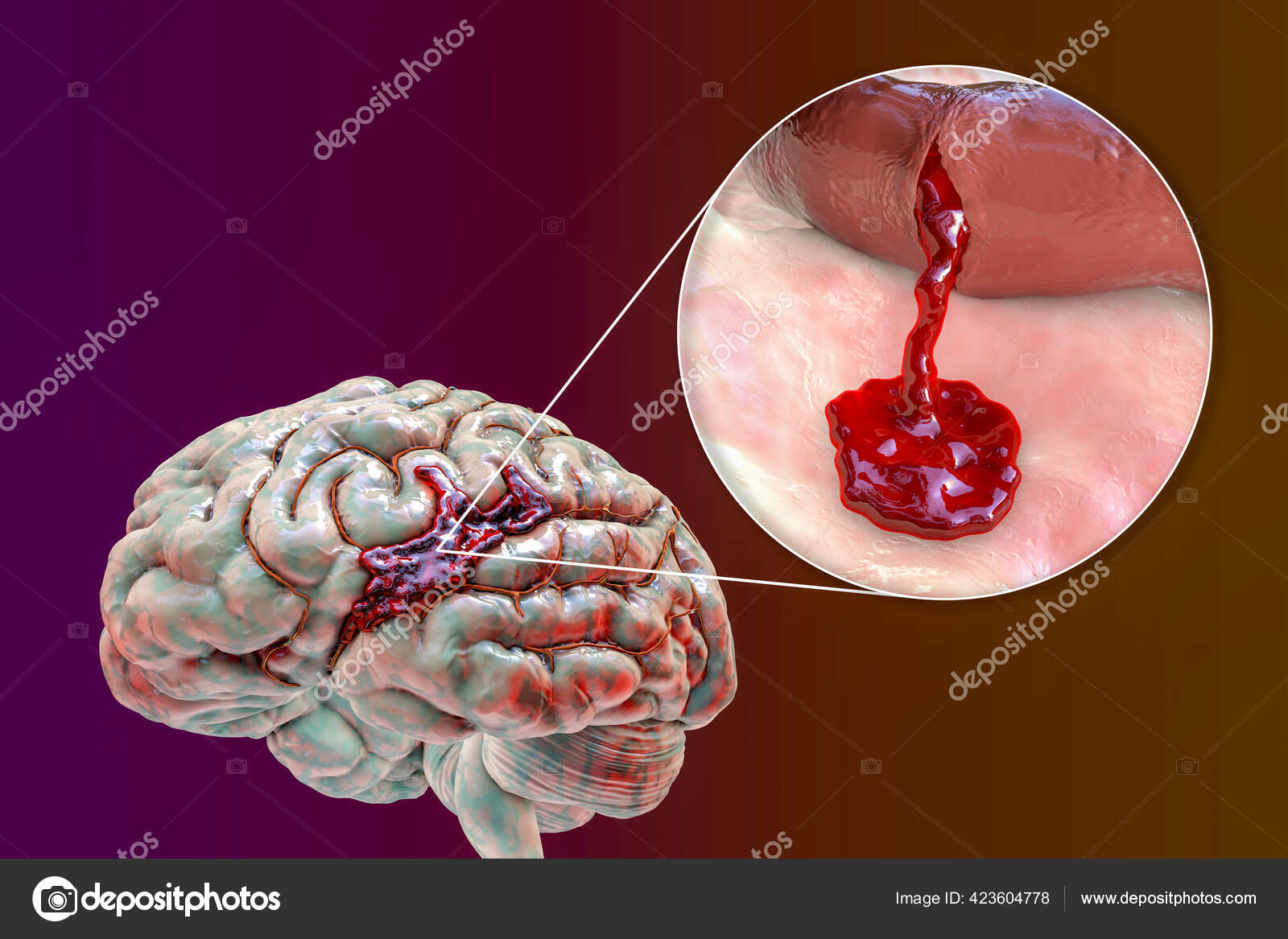 The blood clot blocks the blood flow in the artery. This can cause a heart attack or stroke.
The blood clot blocks the blood flow in the artery. This can cause a heart attack or stroke.
Why does atherosclerosis happen?
Response-to-injury. This theory suggests that atherosclerosis develops as a result of repetitive injury to the inner lining of the artery.
Injury may stimulate cells to grow and divide as part of the inflammatory process. This normal, healing response to chronic injury may actually result in the growth of atherosclerotic plaque.
This injury could be caused by any number of things, including:
- Physical stress on the artery lining, such as stress caused by high blood pressure.
- A response to an infection within the artery wall.
- Oxidative damage to the artery lining. Oxidative damage refers to injury caused by unstable molecules called free radicals. Free radicals are formed during reactions between oxygen and LDL (“bad” or low-density lipoprotein) cholesterol.
- Oxidized LDL cholesterol may cause injury to the blood vessel wall and promote an inflammatory reaction that clogs the artery lining with debris.
 But exactly why high cholesterol levels promote plaque formation is not clear. Cholesterol is found normally in all cell membranes, but it may alter the physical properties of the blood vessel wall, making it more likely to get damaged.
But exactly why high cholesterol levels promote plaque formation is not clear. Cholesterol is found normally in all cell membranes, but it may alter the physical properties of the blood vessel wall, making it more likely to get damaged.
How smoking leads to atherosclerosis
Smoking plays a large role in the development of atherosclerosis. The carbon monoxide and nicotine contained in tobacco smoke affect blood flow through your arteries by:
- Making it easier for cholesterol-carrying lipoproteins to enter the walls of your arteries.
- Promoting the formation of fibrous plaque.
- Promoting the formation of blood clots that can completely block your arteries.
How does atherosclerosis cause an aortic aneurysm?
Atherosclerosis is one of the major causes of abdominal aortic aneurysm.
The wall of the aorta (and all blood vessels) is a dynamic tissue made up of living cells that need nutrients and oxygen.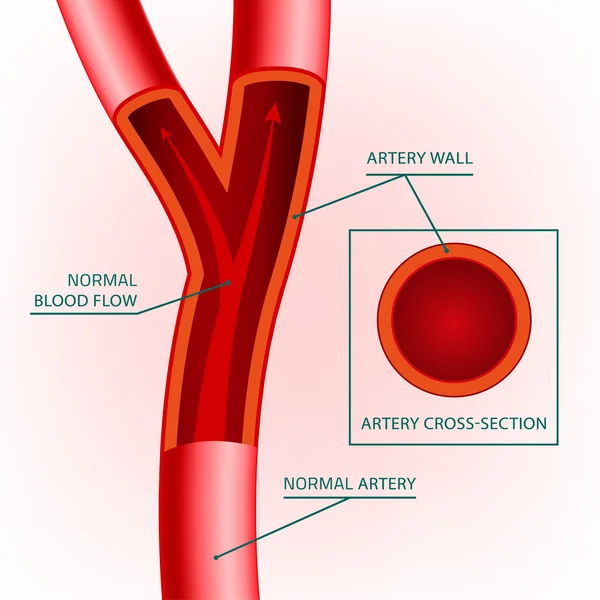 Many of these nutrients seep from the inside of the blood vessel through the walls to nourish the rest of the blood vessel. When the inner lining of the vessel is covered with an atherosclerotic plaque, nutrients can no longer seep through sufficiently. The cells receive no oxygen, and some of them die. As the atherosclerosis progresses and cells continue to die, the walls become weaker and weaker.
Many of these nutrients seep from the inside of the blood vessel through the walls to nourish the rest of the blood vessel. When the inner lining of the vessel is covered with an atherosclerotic plaque, nutrients can no longer seep through sufficiently. The cells receive no oxygen, and some of them die. As the atherosclerosis progresses and cells continue to die, the walls become weaker and weaker.
At some point, a critical relationship is reached between the pressure experienced in the center of the blood vessel, the wall tension, and the strength of the wall itself. When this point is reached, the wall begins to dilate (grow larger) in the area of the plaque. As the diameter of the vessel grows, the wall tension increases, leading to even more dilation. The end result is an aneurysm.
Cause of hardening of the arteries — and potential treatment — identified — ScienceDaily
A team of UK scientists have identified the mechanism behind hardening of the arteries, and shown in animal studies that a generic medication normally used to treat acne could be an effective treatment for the condition.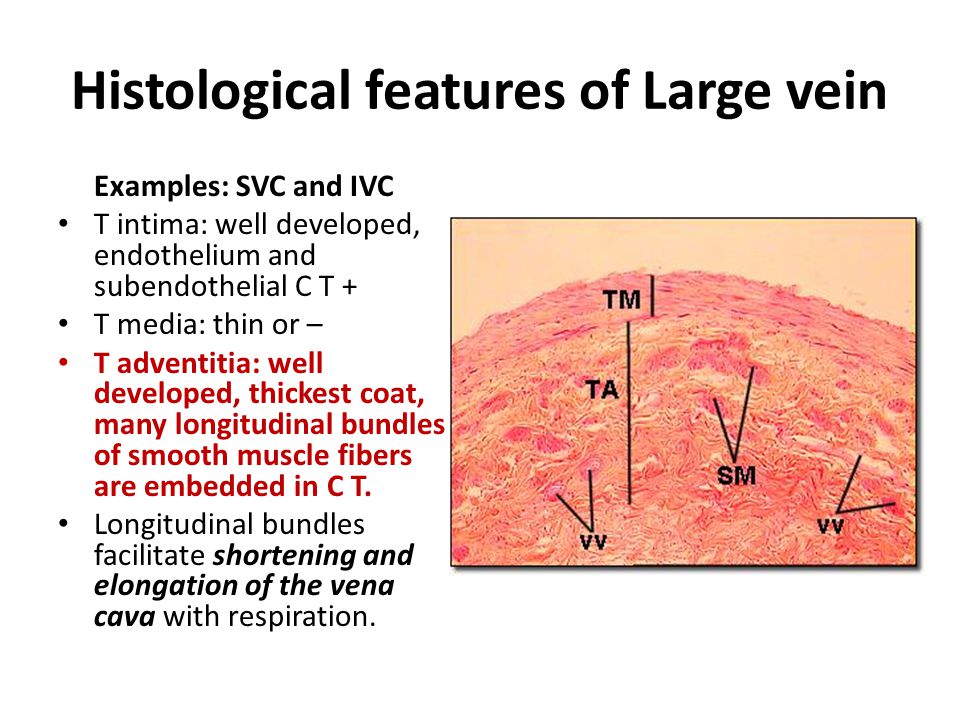
The team, led by the University of Cambridge and King’s College London, found that a molecule once thought only to exist inside cells for the purpose of repairing DNA is also responsible for hardening of the arteries, which is associated with dementia, heart disease, high blood pressure and stroke.
There is no current treatment for hardening of the arteries, which is caused by build-up of bone-like calcium deposits, stiffening the arteries and restricting blood flow to organs and tissues.
Supported by funding from the British Heart Foundation, the researchers found that poly(ADP ribose), or PAR, a molecule normally associated with DNA repair, also drives the bone-like calcification of arteries.
Additionally, using rats with chronic kidney disease, the researchers found that minocycline — a widely-prescribed antibiotic often used to treat acne — could treat hardening of the arteries by preventing the build-up of calcium in the circulatory system. The study, the result of more than a decade of fundamental research, is published in the journal Cell Reports.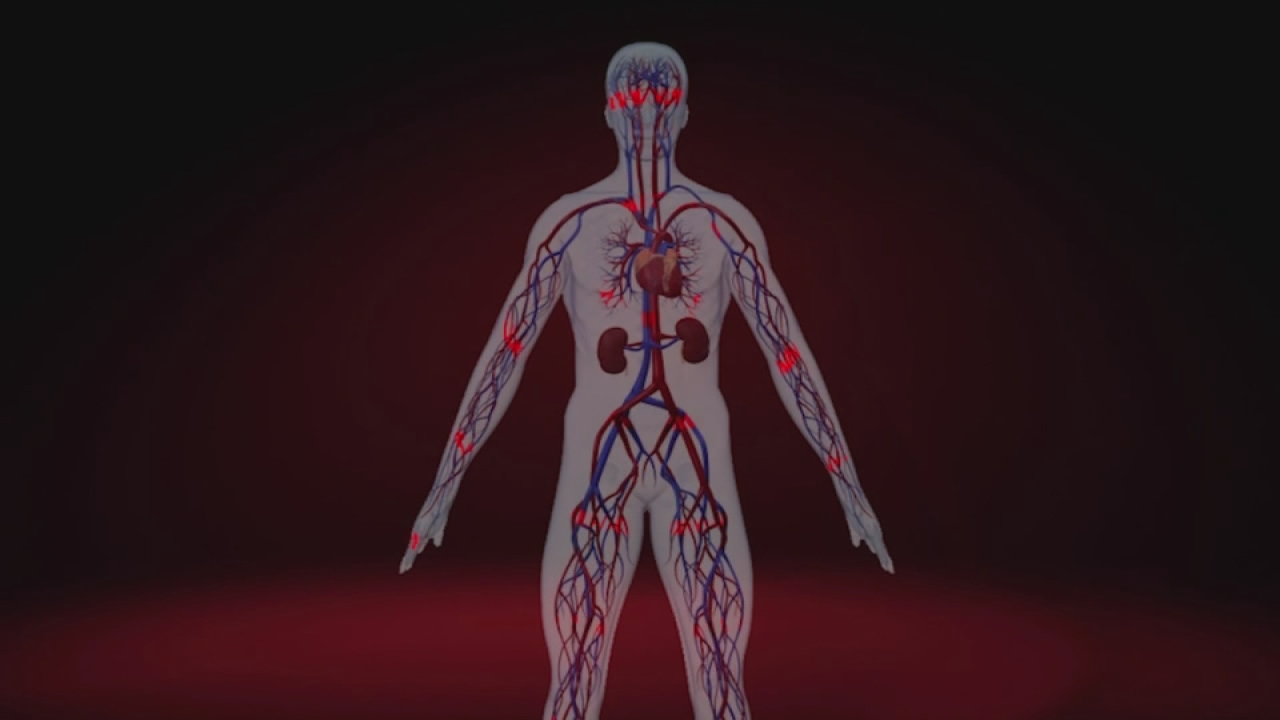
“Artery hardening happens to everyone as they age, and is accelerated in patients on dialysis, where even children develop calcified arteries. But up until now we haven’t known what controls this process and therefore how to treat it,” said Professor Melinda Duer from Cambridge’s Department of Chemistry, who co-led the research as part of a long-term collaboration with Professor Cathy Shanahan from King’s College London.
“This hardening, or biomineralisation, is essential for the production of bone, but in arteries it underlies a lot of cardiovascular disease and other diseases associated with ageing like dementia,” said Shanahan. “We wanted to find out what triggers the formation of calcium phosphate crystals, and why it seems to be concentrated around the collagen and elastin which makes up much of the artery wall.”
In earlier research, Duer and Shanahan had shown that PAR — normally associated with the repair of DNA inside the cell — can in fact exist outside the cell and is the engine of bone production.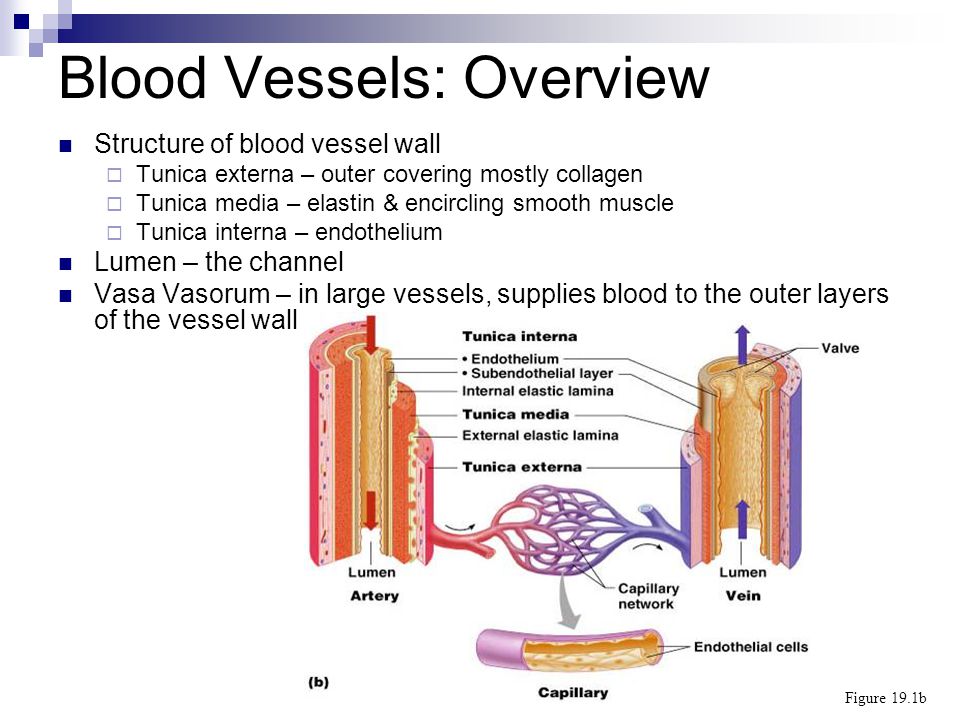 This led the researchers to hypothesise that PAR may also play a role in biomineralisation. In addition, PARP1 and PARP2, the dominant PAR-producing enzymes, are expressed in response to DNA damage and oxidative stress, processes which are associated with both bone and vascular calcification.
This led the researchers to hypothesise that PAR may also play a role in biomineralisation. In addition, PARP1 and PARP2, the dominant PAR-producing enzymes, are expressed in response to DNA damage and oxidative stress, processes which are associated with both bone and vascular calcification.
“We could see signals from bone that we couldn’t explain, so we looked for molecules from first principles to figure it out,” said Duer.
“I’d been thinking for years that hardening of the arteries was linked to DNA damage, and that DNA damage is a pathway switched on by many agents including smoking and lipids,” said Shanahan. “When this pathway is switched on, it drives the pathologies associated with ageing. If enough damage is present, the arteries will eventually reflect it.”
Using NMR spectroscopy, the researchers found that when the cells become stressed and die, they release PAR, which binds very strongly to calcium ions. Once released, the PAR starts mopping up calcium into larger droplets which stick onto the components in artery walls that give the artery its elasticity, where they form ordered crystals and solidify, hardening the arteries.
“We never would have predicted that it was caused by PAR,” said Duer. “It was initially an accidental discovery, but we followed it up — and it’s led to a potential therapy.”
Having discovered the links between DNA damage, PAR, bone and artery calcification, the researchers then looked into a way of blocking this pathway through the use of a PARP inhibitor.
“We had to find an existing molecule that is cheap and safe, otherwise, it would be decades before we would get a treatment,” said Shanahan. “If something has already been shown to be safe in humans, the journey to the clinic can be much faster.”
Working together with Cycle Pharmaceuticals, a Cambridge-based company, the researchers identified six known molecules that they thought might inhibit the PARP enzymes. Detailed experiments with these showed that the antibiotic minocycline was highly effective in preventing hardening of the arteries.
“It’s been 12 years of basic research to get to this point,” said Duer.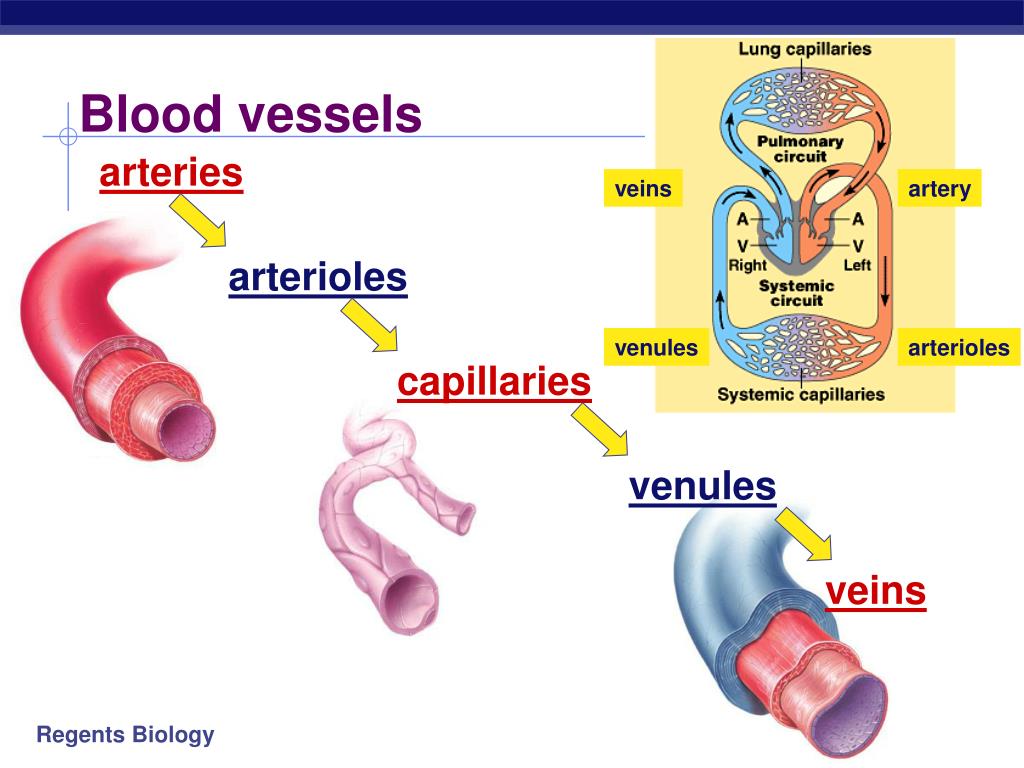 “We set out with absolutely no expectation of finding a potential treatment — there is no treatment currently and nobody would have believed us if we had said at that point we were going to cure hardening of the arteries.”
“We set out with absolutely no expectation of finding a potential treatment — there is no treatment currently and nobody would have believed us if we had said at that point we were going to cure hardening of the arteries.”
The technology has been patented and has been licensed to Cycle Pharmaceuticals by Cambridge Enterprise, the University’s commercialisation arm. The researchers are hoping to carry out a proof of principle trial in patients in the next 12 to 18 months.
“Blood vessel calcification is a well-known risk factor for several heart and circulatory diseases, and can lead to high blood pressure and ultimately, a life-threatening heart attack,” said Professor Jeremy Pearson, Associate Medical Director at the British Heart Foundation. “Now, researchers have shown how calcification of the walls of blood vessels takes place, and how the process differs from normal bone formation. By doing so, they have been able to identify a potential treatment to reduce blood vessel calcification without any adverse effects on bone.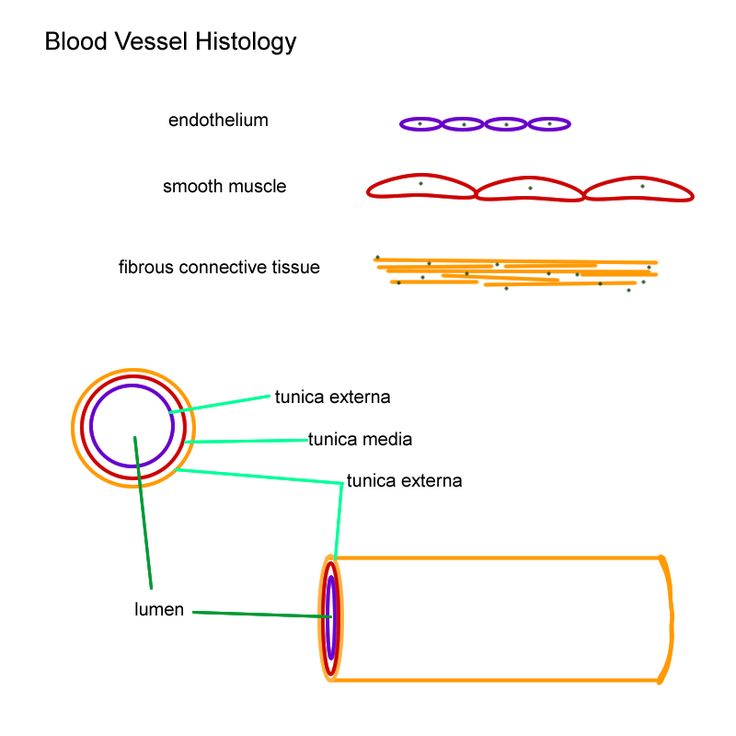 This type of treatment would benefit many people, and we eagerly await the results of the anticipated clinical trials looking at whether this drug lives up to its early promise.”
This type of treatment would benefit many people, and we eagerly await the results of the anticipated clinical trials looking at whether this drug lives up to its early promise.”
Atherosclerosis | Heart and Stroke Foundation
Atherosclerosis usually starts early in life. Many people have plaque by middle age. Mild plaque often doesn’t affect blood flow very much. Atherosclerosis doesn’t usually have any symptoms until the artery is blocked by at least half.
Complications from atherosclerosis
Depending on which artery is blocked, atherosclerosis can cause several health problems.
Coronary artery disease and angina
When the major arteries to your heart become affected by atherosclerosis, it can lead to coronary artery disease (CAD) or angina. The heart is a muscle and needs a supply of oxygen-rich blood like every other muscle in the body. If one or more of the coronary arteries becomes narrowed or blocked, blood flow to the heart can slow down or stop.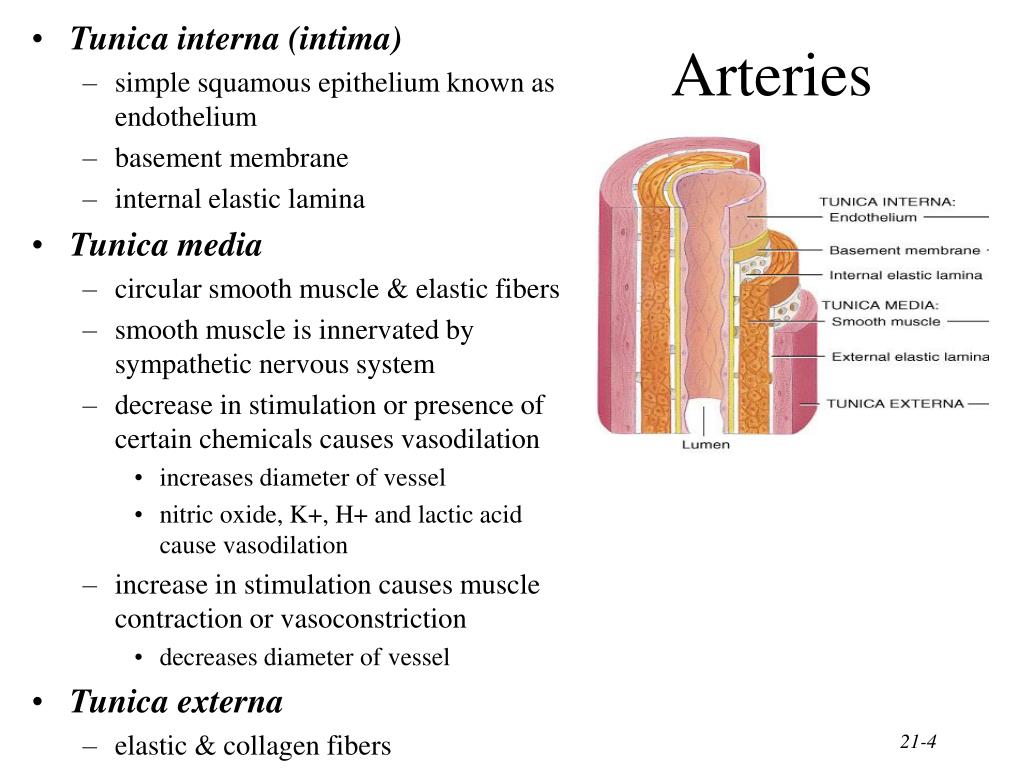 Coronary artery disease can cause a heart attack.
Coronary artery disease can cause a heart attack.
If plaque forms in the very small arteries of the heart, it can cause coronary microvascular disease. Microvascular angina can cause chest pain even when tests don’t show any blockages in the bigger arteries.
Carotid artery disease
If the arteries in your neck become narrow or blocked, blood flow to the brain can slow down or stop. A piece of plaque can break off, travel through the arteries to the brain, block blood vessels in the brain and cause a stroke or mini-stroke (TIA).
Peripheral arterial disease (PAD)
If the arteries in your legs or arms become narrow or blocked, you may develop peripheral arterial disease (PAD), leading to cramping muscular pain while walking or during exercise. Pain in the leg is usually the first sign of PAD, but PAD can occur elsewhere in the body. It may also affect the arteries supplying blood to your kidneys or stomach, increasing the risk of organ damage.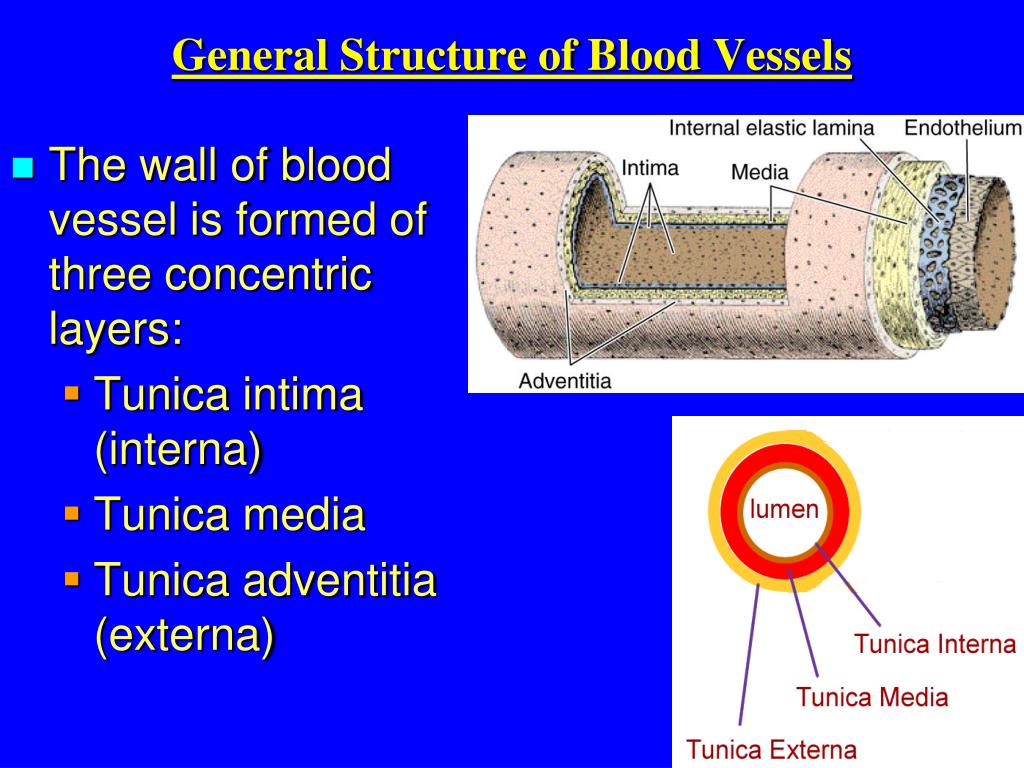
Learn more about PAD from the American Heart Association and the Vascular Disease Foundation.
Aneurysm
Atherosclerosis can cause an aneurysm, which is a bulge in a weakened area of your artery wall. The bulge can burst and cause internal bleeding in the brain. It can be fatal when an aneurysm in the largest artery (the aorta) bursts.
Guide to living healthy with atherosclerosis
It probably started in childhood: Healthy, clear arteries that transported oxygen-rich blood to the heart and organs slowly started to harden.
The American Heart Association explains that while some hardening is normal in healthy individuals, when plaque builds up along artery walls — a type of heart disease called atherosclerosis — blood flow to key organs may eventually become restricted. This can lead to severe health events such as heart attack and stroke.
Living healthy with atherosclerosis is possible, though, and it’s important.
Atherosclerosis: The basics
Plaque, which is made up of fat, cholesterol and other substances, narrows the arteries and makes blood clots more likely to form. It can lead to a partial or complete blockage of an artery.
Depending on where plaques are found, the National Institutes of Health reports that atherosclerosis can lead to:
- Coronary heart disease, which occurs when blood flow is restricted to the heart muscle.
- Carotid artery disease, which occurs when the arteries on the side of the neck have plaques.
- Peripheral artery disease, which occurs when there’s a blockage in a major artery that brings blood to the legs, arms and pelvis.
- Chronic kidney disease, which occurs when blood flow in the renal arteries is restricted.
In most cases, atherosclerosis shows no symptoms until something serious happens, such as a stroke or heart attack. In some cases, though, atherosclerosis may cause warning symptoms, such as:
- Angina, or chest pain, that feels like chest pressure, indigestion or pain in the shoulders, arms, back, neck or jaw.

- Shortness of breath and an irregular heart beat.
- Numbness.
- Changes in urination, tiredness, and nausea.
Atherosclerosis is common and often doesn’t have symptoms until there’s major damage. Being aware of your risk of the disease and knowing how to prevent or manage atherosclerosis will help you avoid heart disease, stroke and other complications. Living healthy with atherosclerosis is possible with proper management, so take steps toward better heart health now.
How to Positively Impact Atherosclerosis
Atherosclerosis doesn’t have to be a losing battle. In fact, the disease can be reversed through lifestyle changes, according to the American College of Cardiology. Take these steps for living healthy after being diagnosed with atherosclerosis:
1. Stop or refrain from smoking. Smoking cigarettes makes it more likely that fatty deposits will form in your arteries. Plaques may also grow bigger and faster, according to the AHA.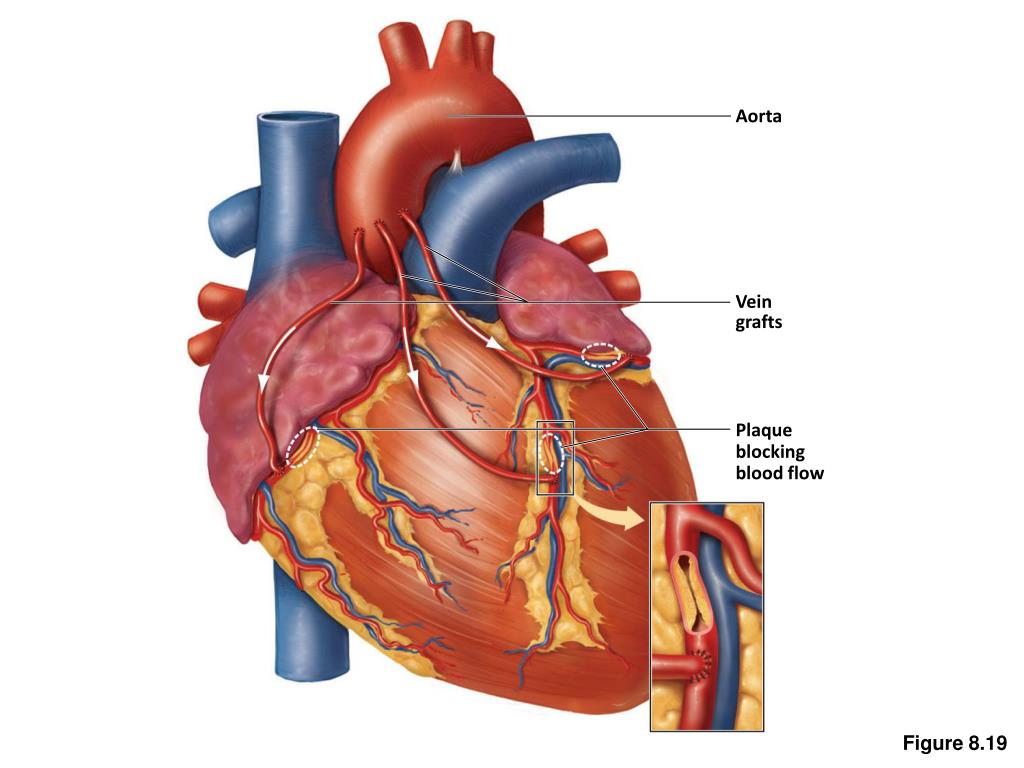
2. Know your cholesterol and blood pressure. LDL (bad) cholesterol plays a role in plaque formation, while HDL (good) cholesterol helps clear LDL cholesterol from arteries, the AHA explains. High triglyceride levels, combined with high LDL cholesterol levels, or low HDL cholesterol levels can lead to atherosclerosis. And when blood pressure is high, it causes tears in artery walls that LDL cholesterol can settle into more easily.
3. Get on a heart-healthy diet. Limiting saturated and trans fats from your diet by eating less red meat, fried food and dairy products made with whole milk will help lower your cholesterol. Swap them for healthy oils, fruits, vegetables, whole grains, poultry, fish and nuts. Eating high-fiber foods can lower cholesterol by as much as 10 percent, the AHA says.
4. Make fitness your goal. Being sedentary lowers your HDL cholesterol levels, so there’s less of it to clear your arteries. Take brisk walks, cycle, or do other exercises for 40 minutes three or four times a week to help lower cholesterol and blood pressure.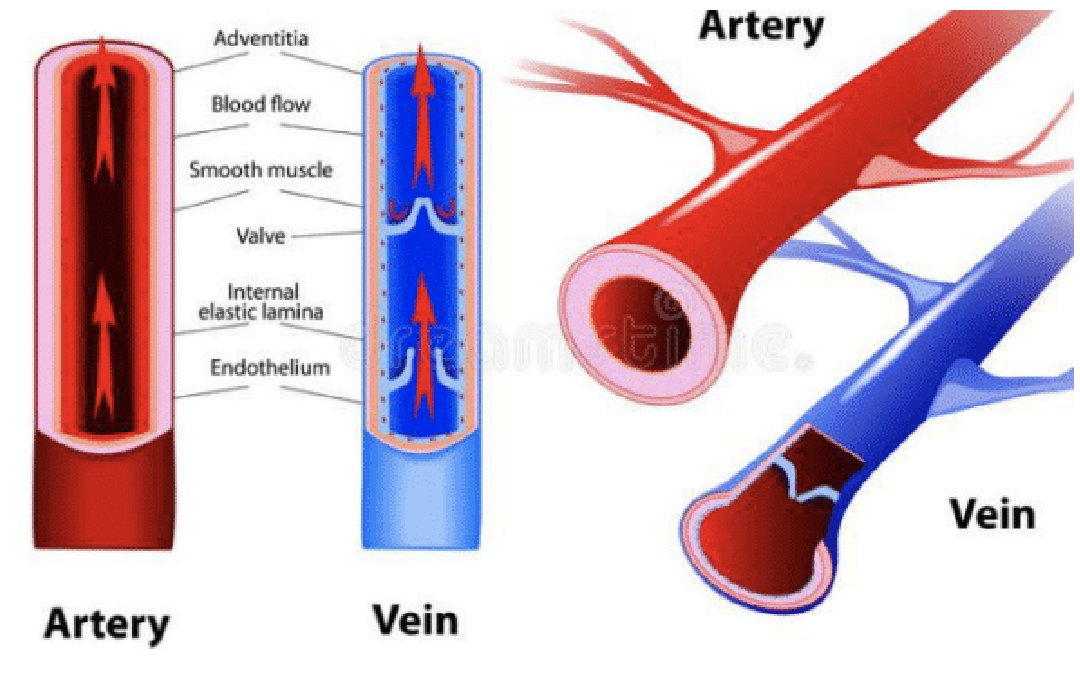
5. Strive for weight loss. Carrying around extra weight raises LDL cholesterol levels and lowers HDL cholesterol levels. But, as the AHA notes, dropping 10 percent of your weight improves your numbers.
90,000 Soft tissue sarcomas and rare soft tissue tumors (brief information)
In this text you will receive important information about soft tissue sarcomas and soft tissue tumors: how often children get sick with them, what types of tumors are there and how the disease can proceed, why this type of cancer appears in children, what are the symptoms, how is the diagnosis made, how children are treated and what are their chances of being cured of this form of cancer.
author: Dipl. Biol. Maria Yiallouros, Dr.med. Stefanie Kube, erstellt am: 2009/05/19,
editor: Dr. Natalie Kharina-Welke, Permission to print: Prof. Dr. med. Ewa Koscielniak, Translator: Dr. Maria Schneider, last modified: 2020/09/24
doi: 10.1591 / poh.patinfo.weichteiltumor.kurz.20101215
What are soft tissue sarcomas and rare soft tissue tumors?
The medical term for soft tissue sarcomas (also called malignant soft tissue tumors) refers to a group of malignant tumors that begin to grow in muscles, ligaments, joints, or nerves [nerve tissue].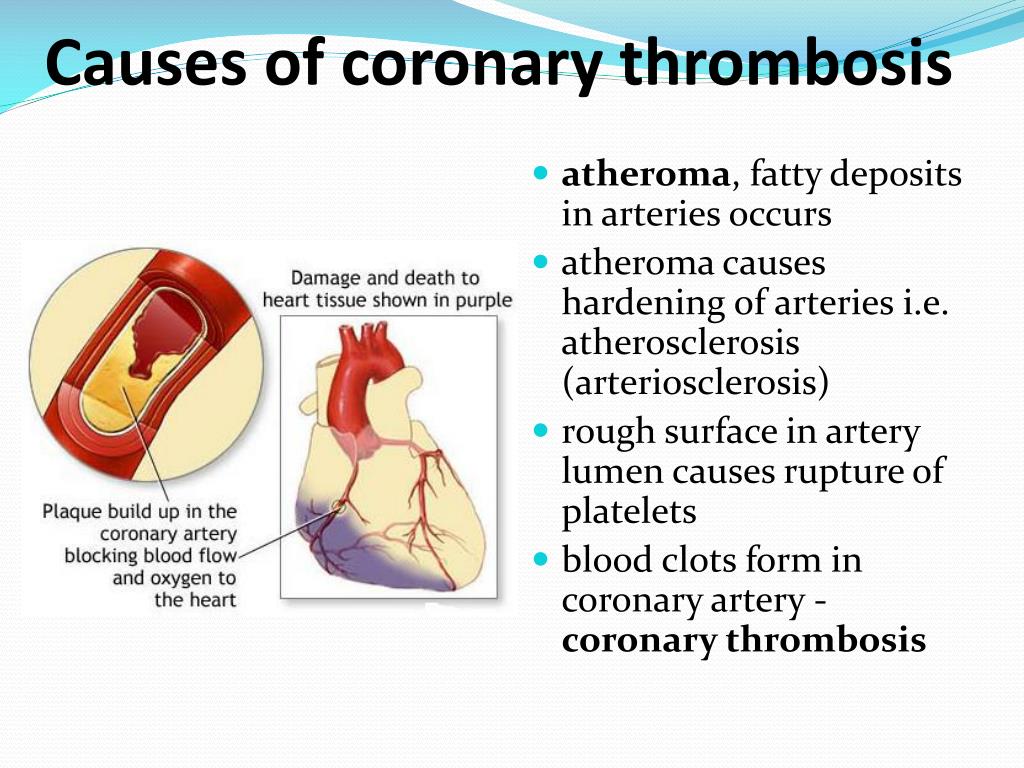 All these diseases are united by the fact that a malignant change (mutation) begins in the progenitor cells of soft tissues [soft tissues].
All these diseases are united by the fact that a malignant change (mutation) begins in the progenitor cells of soft tissues [soft tissues].
Soft tissue includes a wide variety of tissue types: muscles, adipose and connective tissues, and tissues of the peripheral nervous system. Therefore, there are many different types / types of soft tissue sarcomas and rare soft tissue tumors. Different types of sarcomas differ among themselves not only in their microscopic structure [histological] and in the type of cells from which they grew, but also in the incidence rate.Doctors talk about different biological behaviors. That is, different types of tumors behave differently: they grow in the body differently (metastasize) and respond differently to treatment, such as chemotherapy [chemotherapy].
Most types of soft tissue sarcomas begin to grow very quickly and spread throughout the body. If they are not treated, then literally in a few weeks or months, the child can die.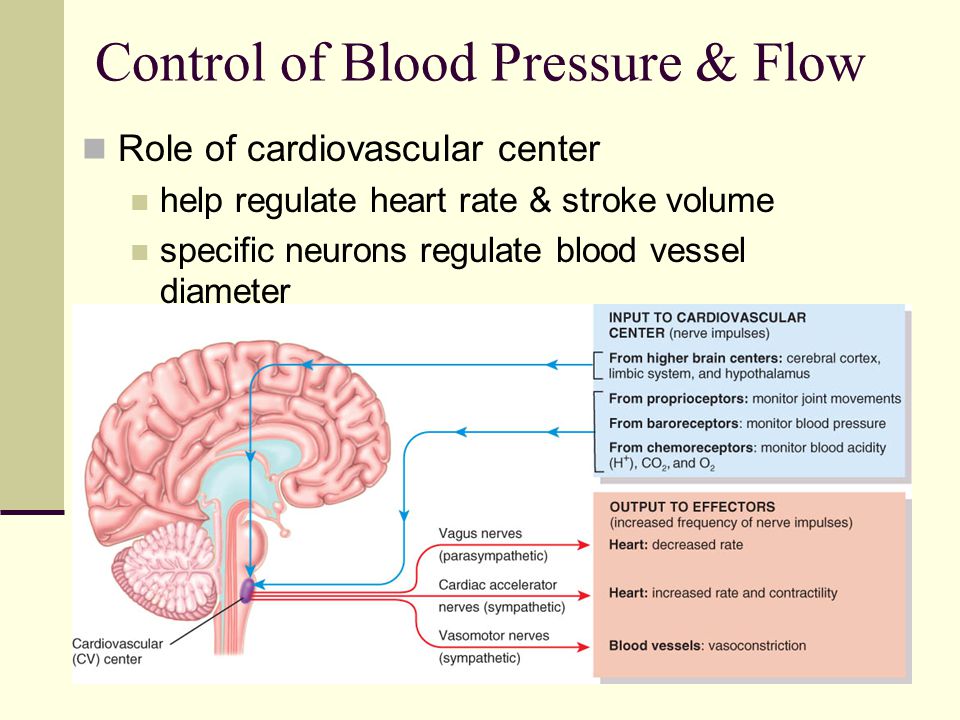
How common are soft tissue sarcomas in children?
In pediatric oncology, soft tissue sarcomas account for approximately 6.6%.In the group of diseases “solid tumors” in children and adolescents [solid tumors], they occupy the third place in prevalence (after tumors of the central nervous system and neuroblastomas).
About 140 children and adolescents fall ill with soft tissue sarcomas in Germany every year. Most often these are children under the age of five to six years. According to statistics, the average age of patients is 6 years. Boys get sick a little more often than girls (ratio 1.2: 1). It must be said that different types of soft tissue tumors have great age-related differences.Also, depending on the specific type of tumor, the sex ratio (affected boys and girls) changes.
What are the types of tumors?
The types of soft tissue tumors that are most common in children (up to and including age 21) are:
90,033 90,034 rhabdomyosarcoma (abbreviated PMC): 57% 90,035
In addition to these types, there are soft tissue sarcomas, which are very rare.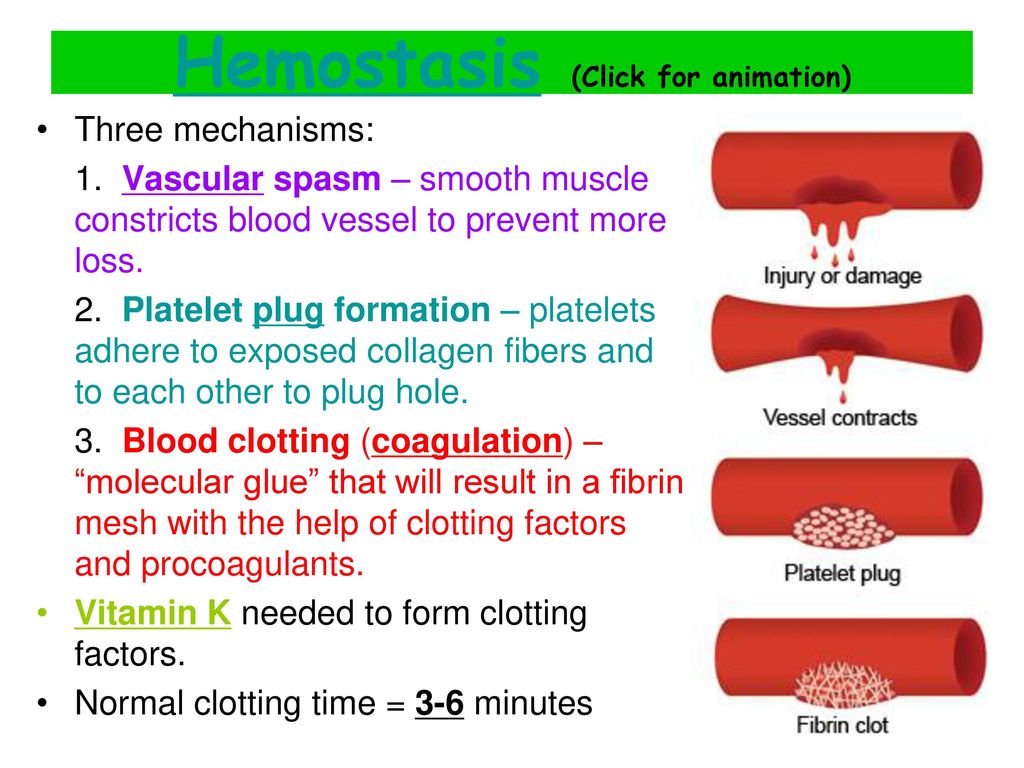 Rhabdomyosarcomas, which are quite common, can be internally divided into “classic embryonic rhabdomyosarcomas” and “alveolar rhabdomyosarcomas”. Specialists divide them depending on the specific microscopic structure of the tumor tissue and how the tumor grows.
Rhabdomyosarcomas, which are quite common, can be internally divided into “classic embryonic rhabdomyosarcomas” and “alveolar rhabdomyosarcomas”. Specialists divide them depending on the specific microscopic structure of the tumor tissue and how the tumor grows.
(When the word “embryonic” is used in the medical term, it does not mean that the process began in the embryonic (ie, intrauterine) period of the child’s development. Here the word “embryonic” describes the specific type of tissue from which the tumor has grown).The name “alveolar” means that the appearance of the tumor resembles vesicles, as in the pulmonary alveoli. That is, the name “alveolar” also describes the properties / structure of the tumor tissue.)
Where can a tumor grow?
Soft tissue sarcomas and soft tissue tumors can in principle grow anywhere in the body. Since these fabrics are found everywhere.
Often, tumors begin to grow along a specific anatomical structure, such as along the muscular membranes, ligaments, or blood vessels. During this time, the tumor cells [cell] may detach from the tumor itself. And through blood vessels or lymphatic vessels, they can enter different parts of the body. Where they hit, the cells settle and begin to multiply. This is how metastases begin to grow. If a child has a tumor in the soft tissues, then most often metastases grow in the lungs, in the neighboring lymph nodes [lymph nodes] and in the skeleton. But metastases can also appear in any other organ.
During this time, the tumor cells [cell] may detach from the tumor itself. And through blood vessels or lymphatic vessels, they can enter different parts of the body. Where they hit, the cells settle and begin to multiply. This is how metastases begin to grow. If a child has a tumor in the soft tissues, then most often metastases grow in the lungs, in the neighboring lymph nodes [lymph nodes] and in the skeleton. But metastases can also appear in any other organ.
When we talk about soft tissue sarcomas and rare soft tissue tumors, the specific type of tumor affects exactly where the tumor grows and how it grows:
The place of occurrence and the nature of growth of soft tissue sarcomas and rare soft tissue tumors depend on the type of tumor.So, although rhabdomyosarcoma can develop in almost any organ, they are most common in the head and neck, genitals and urinary tract, and in the extremities. In addition, the nature of alveolar rhabdomyosarcomas is more aggressive than embryonic, which means faster growth and, as a rule, more rapid spread through the blood and lymphatic pathways.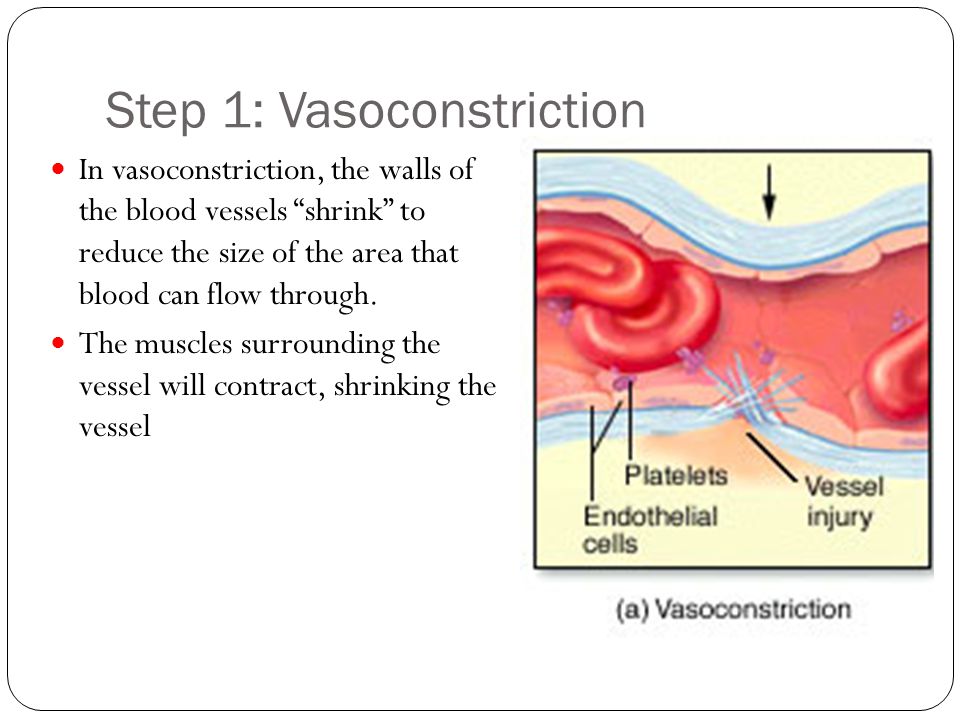 The likelihood of recurrence of alveolar rhabdomyosarcomas is also higher than that of embryonic ones.
The likelihood of recurrence of alveolar rhabdomyosarcomas is also higher than that of embryonic ones.
Ewing’s extraosseous sarcomas and peripheral primitive neuroectodermal tumors, on the other hand, more often affect the trunk and extremities.Synovial sarcomas develop primarily in the limbs near the joints, as well as in the head and neck. Both types of tumor are prone to rapid metastasis.
Why do children get soft tissue sarcomas?
The causes of soft tissue sarcomas and rare soft tissue tumors remain unclear to this day. It is assumed that they come from immature cells of the connective soft tissue. In professional medical language, they are called “mesenchymal stem cells”.Cell degeneration in most cases occurs even before birth.
There are indications of certain factors that contribute to the development of soft tissue sarcomas. So, in some families, you can observe frequent cases of the development of rhabdomyosarcomas.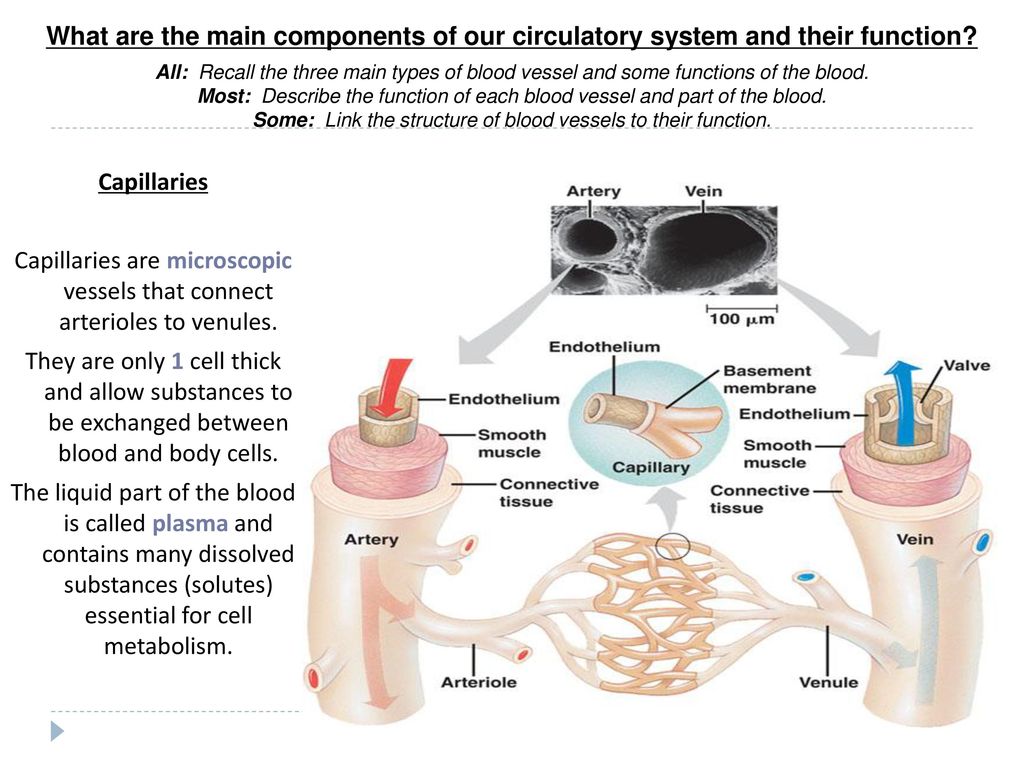 If someone in the family has had carcinoma, then the children are at increased risk of developing rhabdomyosarcoma. These data indicate a genetic [genetic] conditionality of the development of the disease. An example of such a predisposition is the disease of neurofibromatosis, in which an increase in the incidence of tumors of the sheaths of peripheral nerves is noted.
If someone in the family has had carcinoma, then the children are at increased risk of developing rhabdomyosarcoma. These data indicate a genetic [genetic] conditionality of the development of the disease. An example of such a predisposition is the disease of neurofibromatosis, in which an increase in the incidence of tumors of the sheaths of peripheral nerves is noted.
However, in the majority of patients with soft tissue sarcomas and rare soft tissue tumors, no predisposing factors can be identified.
What are the symptoms of the disease?
The signs of the disease (symptoms) in soft tissue sarcoma depend on the location and extent of the tumor and therefore can be very diverse. We will name some examples of the most common symptoms of the disease:
- Superficial soft tissue sarcomas and tumors often cause swelling that increases and causes pain.It is not uncommon for both symptoms to be mistakenly attributed to trauma, such as during sports.
 With a tumor, these symptoms differ primarily in that they lead to dysfunction of the affected organ – for example, to a limitation of the mobility of an arm or leg.
With a tumor, these symptoms differ primarily in that they lead to dysfunction of the affected organ – for example, to a limitation of the mobility of an arm or leg. - Soft tissue sarcomas and tumors located in the orbital region at first may look like a painless bulging outward of the eyeball (and edema of the eyelids; later, due to local compression, pain is added. Visual impairment is also possible.
- Soft tissue sarcomas and tumors located in the nasal region , often long before the correct diagnosis is made, manifest themselves with nasal congestion and runny nose.
- In case of damage to the base of the skull , the functions of the cranial nerves are impaired, which, for example, can manifest itself with double vision or paralysis of the facial nerve.
- Tumors of the urinary tract and genital organs can occur when there is a general disturbance of well-being, constipation and / or impaired passage of urine, vaginal bleeding, blood in the urine [urine] and pain.
 But they appear already when the tumor is already very large.
But they appear already when the tumor is already very large.
Tumors in other areas of the body can often only be seen if the tumor mass can be palpated or seen (for example, during a routine checkup by a pediatrician, or if diagnostics are made from images [imaging methods], such as ultrasound). These tumors do not cause complaints for a long time, and sick children feel good.
Of course, the complaints described here in a child or adolescent do not always mean the presence of soft tissue sarcoma or other malignant tumor.However, it is advisable to consult a pediatrician to thoroughly find out the reasons that caused these symptoms.
Good to Know : If necessary, the pediatrician should refer the patient to a clinic specializing in childhood and adolescent cancer. Initial diagnostics (imaging studies, biopsy) performed outside such a clinic are often insufficient and can negatively affect the planning of therapy and the patient’s prognosis (that is, his chances of recovery).
How is the diagnosis made?
If a child is suspected of soft tissue sarcoma, then a full examination is carried out by specialists of different profiles. First, they must confirm the diagnosis, whether the child really has this tumor. Secondly, if the diagnosis is confirmed, they must say what specific type of tumor the child has and how much the disease has spread throughout the body.
The whole scheme of work of specialists is described in the protocols “CWS-Guidance” and “Cooperativen Weichteilsarkom Studiengruppe” of the Society of Pediatric Oncologists and Hematologists (GPOH).This scheme of work is mandatory in order to optimally treat the child according to these protocols and give a prognosis. For more information on CWS Guidance, see below .
Research on images
To diagnose soft tissue sarcoma or more rare soft tissue tumors, pictures are taken, such as magnetic resonance imaging (MRI). With this standard method, you can see exactly if there is a tumor; its volume and location, isolation from adjacent anatomical structures (internal organs, blood vessels, nerves), as well as spread into the skeletal system.
Examination of tissue samples
For the final diagnosis in each case, microscopic (histological) and molecular genetic analysis is required.
They are made on the basis of the tissue sample taken during the operation (biopsy). Since these tumors are very rare, it is important to evaluate the biopsy not only by the pathologists of the clinic where the child is located, but also in the reference laboratory of pediatric pathology at the GPOH Children’s Tumor Registry (Society of Pediatric Oncologists and Hematologists) in Kiel (Germany).This laboratory receives tissue samples from all over Germany, which has led to the accumulation of extensive experience in the recognition of tumors. In addition, the samples must be necessarily subjected to molecular genetic research. Thus, the diagnosis receives additional confirmation, and the tumor can be characterized more fully, and this information is very important for treatment.
Since fresh frozen tumor tissue samples are required for molecular genetic research, it is especially important to transfer the biopsy material to a specialized center with sufficient qualifications and capabilities to study tumor tissue.A part of the biopsy that was not used in research should be sent to a special bank of tumor tissues, where it can be used for scientific purposes when looking for opportunities to improve therapy. For information on the Tumor Tissue Bank, see below.
Clarification of the diagnosis and search for metastases
To find metastases, such examinations are done: X-rays and computed tomography (CT) of the lungs, magnetic resonance imaging of the skull, scintigraphy of the bones of the skeleton, as well as puncture of the bone marrow.Further additional examinations (eg ultrasound and positron emission tomography (PET)) may be required depending on the clinical picture and the therapeutic situation.
Research and analysis before the course of treatment
To test how the various organs work, standard additional tests are done prior to treatment. In children, they check how the heart works (electrocardiogram – ECG and echocardiogram – EchoCG), how the brain works (electroencephalogram – EEG), hearing (audiometry), kidneys and various blood tests.If any changes occur during treatment, then they must be compared with the initial results of the examination. Depending on this, the treatment tactics can be adjusted.
How is the treatment plan drawn up?
After the final diagnosis is made, doctors draw up a treatment plan. The specialists who take care of the patient draw up an individual treatment program (the so-called risk-adapted treatment), which takes into account certain points.They are called risk factors (prognostic factors) and they affect the prognosis of the disease.
Patients are divided into risk groups – low risk, standard risk and high risk. Each group is treated according to its own plan. To determine the risk group and choose the right treatment plan, in Germany and in European countries they work according to the clinical guidelines “CWS-Guidance” (see below).
Location, size, and prevalence are important prognostic factors in children with soft tissue sarcoma or tumor; they are evaluated based on the results of the diagnostics described above.
- The type of tumor, that is, its microscopic characteristics (histology) are also used to assess how the disease responds to chemotherapy [chemotherapy] (there are soft tissue sarcomas that are sensitive and insensitive to chemotherapy).
- And how great is the risk of metastasis and recurrence. Thus, experts distinguish between soft tissue sarcomas and tumors with favorable and unfavorable histology.
- The location of the tumor depends on the possibility of its surgical removal and radiation therapy.↵
In addition, the age of the patient plays an important role. Thus, younger patients generally tolerate chemotherapy better than older patients. However, radiation therapy is rarely performed in children under 3 years of age (and especially under a year), only in some cases.
In order to achieve the best treatment result for each patient with the lowest risk of side effects and long-term consequences, all these factors are taken into account when planning therapy.
How are soft tissue tumors treated?
The methods of treatment for children and adolescents with soft tissue sarcomas and rare soft tissue tumors are surgery, radiation therapy, chemotherapy, or a combination of these types of treatment.
What kind of therapy is optimal in each case depends mainly on the type and location of the tumor, as well as the age of the patient; in addition, it is necessary to take into account the prevalence of the tumor and its sensitivity to chemotherapy (see above). The goal of treatment is to achieve the patient’s long-term health status in such a way that the risk of treatment complications and the development of long-term consequences remains as low as possible.
Chemotherapy: In order to destroy all tumor cells (including those in tissue that can only be seen with diagnostic imaging, such as magnetic resonance imaging), chemotherapy must be a combination of various drugs that suppress cell proliferation and tumor growth (cytostatics), which are most effective against soft tissue sarcomas and tumors.Children receive cytostatics in several courses. There are pauses between chemotherapy courses so that the child’s body has rested.
Surgery and radiation therapy: Surgery to completely remove the tumor is often planned outside the first phase of therapy; this means the need to preliminarily reduce the volume of the tumor through chemotherapy. Preparation for the operation is discussed in the clinic with the involvement of specialists from related disciplines (pediatric oncologist, surgeon, radiation therapist, radiologist) and is carried out very carefully.It is especially important to decide in what order the surgery and radiation should be performed.
The Central Research Group for Soft Tissue Sarcomas (CWS) and the reference center are always ready to provide advice to hospitals. Since soft tissue sarcomas are very rare diseases, operations should, if possible, be carried out in one center, where many years of experience in sarcoma surgery have been accumulated.
How are children with localized rhabdomyosarcoma treated?
According to the current clinical guideline “CWS-Guidance”, children with localized rhabdomyosarcoma are divided into risk groups depending on certain prognostic factors [prognostic factors]:
- Low-risk group Treatment consists of complete removal of the tumor and chemotherapy consisting of two drugs (vincristine and actinomycin), treatment continues for 22 weeks.
- group standard risk : for patients of this group, ifosfamide is added to therapy and radiation in most patients; the duration of therapy is about 25 weeks.
- High-risk group Depending on the location of the tumor and its prevalence, surgery is performed either before the start of chemotherapy or at a later stage. All patients in this group receive radiation.Chemotherapy consisting of ifosfamide, vincristine, actinomycin, and in some cases adriamycin is continued for 25 weeks.
How are children with soft tissue sarcomas from the rhabdomyosarcoma group treated?
Children with soft tissue sarcomas belonging to the rhabdomyosarcoma group (i.e., synovial sarcoma, extraosseous Ewing’s sarcoma, peripheral primitive neuroectodermal tumor, or undifferentiated sarcoma) are treated very similarly to how a high-risk group for rhabdomyosarcoma is treated along with chemotherapy and treatment – the most important element is radiation.The total duration of treatment is approximately 25 weeks, depending on the therapeutic group.
How are children with non-rhabdomyosarcoma soft tissue sarcomas and rare soft tissue tumors treated?
In children with soft tissue sarcomas that do not belong to the rhabdomyosarcoma group, the type of therapy depends on the size of the tumor and the result of the operation:
- When a small tumor is completely removed (so-called R0 resection), no further therapy is generally required, as the risk of recurrence is very low.Under “complete resection” is understood not just the removal of the entire visible tumor, but with the observance of the so-called “safe distance”, that is, the removal of the tumor together with the surrounding healthy tissues. In this case, the tumor tissue should not be touched or part of it should be cut off. These measures serve to avoid leaving in the patient’s body small areas of tumor invisible to the eye that can metastasize.
- Patients of the standard risk group who have a residual tumor after the operation, as well as those whose tumor size exceeded a certain value (5 cm) at the time of diagnosis, receive radiation adjacent to the operation.
- High-risk patients (for example, those with lymph nodes and an unfavorable tumor location), along with radiation, also receive intensive chemotherapy for several weeks using a large number of drugs (such as vincristine, adriamycin, ifosofamide and actinomycin-D) …
How are children with metastases or children with relapses treated?
According to the CWS-Guidance clinical guideline, patients with metastases receive chemotherapy consisting of ifosfamide, vincristine, actinomycin-D, carboplatin, epirubicin and etoposide.Local therapy (surgery and radiation) plays an important role. Intensive chemotherapy is followed by maintenance oral (i.e. taken by mouth) therapy, which consists of trophosphamide, idarubcin and etoposide. These drugs are pills (i.e. oral) so that treatment can be done on an outpatient basis. The total duration of treatment is about a year.
Patients with a particularly poor prognosis may participate in so-called experimental therapeutic trials.These include, for example, one of the types of allogeneic transplantation [allogeneic stem cell transplantation], haploidentical stem cell transplantation. It is used as immunotherapy at the end of conventional treatment (further information can be found at the University Hospital Tübingen www.medizin.uni-tuebingen.de/kinder/ambulanzen/stammzelltransplantation/ and at the Center for Stem Cell Transplantation at the University Hospital Frankfurt am Main http: // www.szt.klinik.uni-frankfurt.de/szt.de/).
In patients who do not respond to therapy and patients with relapses, what has already been used is taken into account. As a rule, it will be a different therapy, partly with the use of new drugs, which, although not used in conventional therapeutic plans, judging by the results of the latest research, give hope of success.
What protocols and registries are used to treat children?
In all major treatment centers, children and adolescents with soft tissue sarcomas are treated according to standardized protocols.The goal of all programs is to increase long-term survival and at the same time reduce the long-term effects on the child’s body.
In Germany, such programs / treatment protocols are developed and monitored by the Society of Pediatric Oncologists and Hematologists (GPOH). These are called therapy optimization studies.
The experience of treating children over the past 30 years has shown that if the treatment is not according to the protocol, the likelihood of survival was very small. Studies of the past 30 years have shown that in children treated outside of clinical trials, optimization of therapy.In Germany, there is a regulation of the Federal Commission, according to which all patients with malignant diseases must be treated in the framework of research of the Society of Pediatric Oncology and Hematology (GPOH). The cooperative study of soft tissue sarcomas under the pilot protocol “CWS-2002 P” was completed in 2009 and involved numerous children’s clinics and hospitals throughout Germany and other European countries
For patients with soft tissue sarcoma and rare soft tissue tumors, the CWS Research Group revamped the classic study on therapy optimization in 2009, guided by new additional goals.The different parts of the study are distributed so that there is now a registry covering all patients (“ SoTiSaR ”), a guide to the diagnosis and treatment of patients with soft tissue sarcoma and rare soft tissue tumors, and a randomized trial for a subset of patients ( “CWS-2007 HR “).
For details see here
What are the chances of recovering from soft tissue sarcoma / tumor?
The chances of children and adolescents being cured of soft tissue sarcoma or a rare type of soft tissue tumor depend on several reasons.The most important of them are the specific type of tumor, its size, how much it had grown in the body by the time of diagnosis, whether it is possible to remove the tumor surgically, and the age of the sick child.
Due to the fact that in recent decades, children with soft tissue sarcomas or rare types of soft tissue tumors are treated according to standard therapy optimization research protocols, the results of treatment efficacy have increased significantly. If back in the 70s only 30 to 40% of sick children survived, today the 10-year survival rate is on average about 70%.Progress has been made due to the fact that approaches to the treatment of the disease are constantly adjusted depending on the results of research.
If the confluence of various reasons in a child develops favorably, then the results of long-term survival can exceed 80%. But if, at the time of diagnosis, the child has a very large tumor and cannot be removed, the disease has already spread to the lymph nodes and / or the tumor has already metastasized to other parts of the body, then this situation is unfavorable.And along with it, the chances of long-term survival are reduced, as doctors say.
Required Remark: The stated percent recovered are statistical indicators. They accurately and reliably describe only the aggregate of soft tissue patients with sarcoma / tumor. Statistics cannot predict whether a particular child will recover or not. What is the specific prognosis of the disease in your child, ask the attending physician.
References:
- Koscielniak E: Weichteilsarkome.Leitlinie der Gesellschaft für Pädiatrische Onkologie und Hämatologie AWMF online 2011 [URI: www.awmf.org]
KOS2011
- Kaatsch P, Spix C: Jahresbericht 2011. Deutsches Kinderkrebsregister, Universitätsmedizin der Johannes Gutenberg-Universität Mainz 2011 [URI: www.kinderkrebsregister.de]
KAA2011
- Koscielniak E, Dantonello T, Klingebiel T: Weichteiltumoren – Neue Projekte der CWS-Studiengruppe: das Register „SoTiSaR für Weichteilsarkome und –tumoren sowie die multizentrische Studieok CWS-2007-HR zur Beichteilsarkome und –tumoren sowie die multizentrische Studieok CWS-2007-HR zur Beichteilsarkom.Wir – die Zeitschrift der Deutschen Leukämie-Forschungshilfe e.V. und der Deutschen Kinderkrebsstiftung 3/2009 [URI: www.kinderkrebsstiftung.de]
KOS2009
- Weihkopf T, Blettner M, Dantonello T, Jung I, Klingebiel T, Koscielniak E, Lückel M, Spix C, Kaatsch P: Incidence and time trends of soft tissue sarcomas in German children 1985-2004 – a report from the population-based German Childhood Cancer Registry. European journal of cancer 2008, 44: 432 [PMID: 18077150]
WEI2008
- Klingebiel T, Koscielniak E: Weichteilsarkome, in: Kiess W, Merkenschlager A, Pfäffle R, Siekmeyer W (Hrsg.): Therapie in der Kinder- und Jugendmedizin. Elsevier, Urban & Fischer, München Jena 1. Aufl. 2007, 820
KLI2007a
- Klingebiel T, Koscielniak E: Weichteilsarkome, in: Rüben H (Hrsg.): Uroonkologie. Springer Verlag Heidelberg 4. Aufl. 2007, 657
KLI2007
- Treuner J, Brecht I: Weichteilsarkome. in: Gadner H, Gaedicke G, Niemeyer CH, Ritter J (Hrsg.): Pädiatrische Hämatologie und Onkologie Springer-Verlag 2006, 865 [ISBN: 3540037020]
TRE2006
- Claviez A: Rhabdomyosarkome.in Gutjahr P (Hrsg.): Krebs bei Kindern und Jugendlichen Deutscher Ärzte-Verlag Köln, 5. Aufl. 2004, 461 [ISBN: 3769104285]
CLA2004d
Diagnostics of atherosclerosis
Atherosclerosis is a disease of the arteries. Fats are deposited on the walls of blood vessels, connective tissue grows – so-called plaques are formed. Plaques lead to deformation of blood vessels and their narrowing, which impedes blood circulation, reduces the blood supply to internal organs and contributes to their destruction.
Atherosclerosis develops in almost every person due to the aging of the body. However, the rate of development of the disease and the degree of damage to blood vessels and internal organs directly depends on the lifestyle. Low physical activity leads to impaired fat metabolism and accelerates the development of atherosclerosis. Long-term smoking significantly affects the early manifestation of the disease. Mental and emotional stress, stress contribute to the progression of the disease. An unhealthy diet that is low in fiber and high in animal fats contributes to the growth of plaque.The more negative factors simultaneously affecting a person, the sooner and more intensively the vessels are destroyed.
Men over 40 are most susceptible to atherosclerotic vascular changes. For women, the development of atherosclerosis is typical after 50 years. Atherosclerosis is a hereditary disease. The risk of its early development is higher if the closest relatives suffer from this disease. Other diseases of the body provoke the onset of this disease: impaired metabolism of fats and carbohydrates, diabetes mellitus, obesity, gout, cholelithiasis, arterial hypertension.As you can see, the listed diseases also refer to diseases of the “lifestyle”.
Atherosclerosis develops slowly, over several years, and begins to manifest itself when the vessels are narrowed in half. Symptoms of atherosclerosis are varied and depend on the location of the blood vessel lesion.
Symptoms
With atherosclerosis of the cerebral vessels, dizziness and fainting appear. There may be short-term episodes of “ischemic attack”: speech, vision and hearing impairments, partial loss of sensation, movement disorders and paralysis.However, these symptoms disappear after a while. Insufficient blood supply to the brain can lead to stroke or mental health problems.
Views
Symptoms of atherosclerosis of the arteries of the heart – severe shortness of breath, burning chest pain , which appears during stress or physical exertion. In some cases, headache, dizziness and nausea appear. Atherosclerotic changes in the coronary arteries of the heart lead to the development of coronary heart disease, and blockage of blood vessels leads to myocardial infarction.
Atherosclerosis of the vessels of the lower extremities is manifested during walking by acute pain, muscle spasms in the lower leg , and disappear after a while when stopped. The development of the disease further leads to constant pain in the foot or toes. Non-healing wounds on the legs or toes, cracks in the skin, or peeling may occur. Lack of treatment can cause complications – gangrene of the foot or toes.
Atherosclerosis of the abdominal aorta can be manifested by indigestion, decreased appetite, and bloating. Attacks of aching abdominal pains that occur after eating. Reduced blood flow to the kidneys leads to gradual cell death, chronic renal failure develops. Reduced blood supply to the intestines leads to inflammation of the abdominal organs and peritonitis.
Atherosclerotic vascular changes do not cause discomfort until a certain time. When a critical level is reached, the disease will make itself felt with a heart attack or stroke, therefore, timely diagnosis of the disease is very important.
Where to get tested for atherosclerosis
It is possible to diagnose atherosclerosis and determine its features in the medical laboratory “Sinevo” – package No. 5 “Lipid spectrum” (1225). These analyzes will allow you to assess the state of blood vessels, choose a course of treatment and prevent complications.
You can get tested for atherosclerosis at any point of Sinevo in Minsk, Baranovichi, Bobruisk, Borisov, Brest, Vitebsk, Gantsevichi, Gomel, Grodno, Zhlobin, Lida, Mogilev, Mozyr, Novopolychno, Novolotskrudok, Or , Polotsk, Rechitsa, Svetlogorsk, Slutsk, Smorgon, Soligorsk.
90,000 Scleroderma – treatment, symptoms, causes, diagnosis
Scleroderma is a Greek term for hard skin. The disease is both rheumatologic and connective tissue disorder. With scleroderma, the skin thickens and thickens, and it loses its elasticity. With scleroderma, microvessels can be damaged throughout the body, which in turn can lead to damage to internal organs. And although the disease mainly affects the hands, face and legs, the deterioration of blood supply can lead to problems in the digestive tract, in the respiratory system and in the cardiovascular system.
Scleroderma can manifest itself in different ways in different people. There are many subtypes of this disease. Doctors generally classify scleroderma as either localized or systemic, depending on the degree of skin damage. The widespread form of the disease is often referred to as systemic sclerosis and can be prognostically life-threatening.
Approximately 300,000 Americans are diagnosed with scleroderma. The disease is more common in the United States than in Europe or Japan.But it was not possible to identify any dependence on racial or ethnic factors. The only thing that has been noted is that scleroderma is much more common in women than in men.
Women develop limited forms of the disease three times more often than men, and more than 80% of patients with systemic scleroderma are women between the ages of 30 and 50. Rarely, children can also develop scleroderma. Over the past 20 years, it has been possible to increase the life expectancy of patients with scleroderma through the use of more effective treatments.Thus, scleroderma is a chronic autoimmune disease, which is manifested by thickening and hardening of the skin and vasoconstriction (resulting in damage to internal organs). The disease develops mainly in adults aged 30-50 years, mainly in women.
There are two types of scleroderma: Limited scleroderma and systemic (diffuse) scleroderma. Limited scleroderma mainly affects the skin, while systemic scleroderma is a systemic disease that can affect various organs and systems of the body.
There are two types of limited scleroderma:
- Plaque: Appears as oval red or purple spots on the skin, firm to the touch (as plaque develops, it may turn whitish in the center)
- Linear: Stripes of thickening appear on the skin of the hands, feet or face.
Systemic scleroderma may begin gradually with the involvement of the skin of the hands, face, or have a progressive character, involving not only the limbs, but also the trunk and internal organs (usually the lungs, esophagus, intestines):
Reasons
The main feature of scleroderma is the excessive production of collagen.Collagen is one of the building blocks of which the skin is made. With an excess of collagen, tissue thickening and loss of elasticity occur.
The root cause of scleroderma remains unclear. For some unknown reason, the immune system is tuned against body tissues and the result is excess collagen production. Currently, research is being carried out to identify the relationship between the immune system, the vascular system and the growth of connective tissue. Studies on twins have shown that there is no genetic factor.And although the cause of scleroderma has not been established, the mechanism of the disease is associated with autoimmune processes, in which both the skin and other organs are affected. The autoimmune process triggers excess collagen production, which leads to thickening and thickening of the skin. In addition, changes in connective tissue lead to pressure on the vessels of both large arteries and small ones.
Symptoms
Symptoms of scleroderma may vary from patient to patient. The most common manifestations are thickening and thickening of the skin on the toes and face.The skin may thicken during the first two to three years of illness. Thereafter, the thickening usually decreases. The main symptoms of scleroderma include:
- Swelling, stiffness, or pain in the toes or hands, or face.
- Tingling, numbness, or swelling of the skin.
- Skin discoloration.
- Sensitivity to cold and intermittent and transient pale fingers (Raynaud’s syndrome) with pain in the fingers.
- Red spots on fingers, palms, face, lips, or tongue from persistently dilated capillaries (telangiectasia).
- Ulcers or wounds on the tips of the fingers or elbows.
- Loss of the skin’s ability to stretch.
- Itching.
- Joint pain
- Fatigue.
- Twisting of the fingers (sclerodactyly).
- Presence of calcifications under the skin
- Disorders from the digestive system such as heartburn, impaired swallowing, prolonged retention of food in the digestive tract, due to decreased activity of intestinal smooth muscles.
- Loss of motor functions of the hand due to tightening of the skin on the hand and fingers.
- Dyspnea associated with damage to the lungs and heart.
Diagnostics
Scleroderma is often difficult to diagnose as it can be similar to many other conditions. Changes in skin thickness, the presence of certain antibodies in the blood, or early changes in blood vessels can be helpful in diagnosing the disease. If necessary, a biopsy may be taken to analyze the tissue, which also helps to make a diagnosis.
One of the useful tests is the nail capillary analysis. It is based on the early manifestation of scleroderma and is manifested by the disappearance of capillaries in the skin of the hands and feet. For this analysis, a microscope or magnifying glass is used and the skin in the area of the nail is viewed. For an accurate diagnosis, it is necessary to compare both laboratory research methods and clinical data, and the history of the disease.
Treatment
There is no pathogenetic treatment for scleroderma yet. The goal of treatment is to reduce symptoms and reduce the risk of complications.Medicines used for scleroderma:
With limited manifestations, it is possible to use ointments of a moisturizing nature or containing corticosteroids. In addition, UFO procedures give a good result.
Vasodilator drugs, which relax and dilate blood vessels, may be prescribed to relieve Raynaud’s syndrome when circulation to the distal extremities is impaired. ACE inhibitors are prescribed in the presence of hypertension and the presence of problems in the vessels of the kidneys.
Non-steroidal anti-inflammatory drugs (NSAIDs) such as aspirin, naproxen, and ibuprofen can reduce joint pain. Corticosteroids such as prednisone can also be used to reduce inflammation.
Dyspepsia can occur when scleroderma affects the esophagus, stomach, or intestines. It can be treated with drugs that reduce stomach acidity and normalize bowel movements.
Immunosuppressants, such as D-penicylamine, to some extent reduce collagen production, but their therapeutic effect is accompanied by severe side effects and their use is rather limited.
Exercise therapy and physiotherapy can have a positive effect in the treatment of scleroderma as they help to maintain the elasticity of the ligaments and joints. Surgical treatments are sometimes used for severe contractures, deformities, or scars.
90,000 Information about thrombosis during pregnancy
Increased risk of thrombosis
The risk of developing deep thrombosis of the legs and / or pelvic veins during pregnancy and childbirth is 5-6 times higher than in non-pregnant women.There are no precise statistics on the incidence of thrombosis, because objective diagnostic procedures, such as phlebography or fibrinogen tests, if used during pregnancy, then with a big caveat. In addition, the clinical signs of thrombosis are not entirely reliable, and it is often difficult to distinguish between superficial thrombophlebitis and deep thrombosis.
The peak incidence of thrombosis in pregnant women occurs in the second trimester of pregnancy. The left leg is affected more often than the right.The reason for this is probably the pressure of the right iliac artery on the left iliac vein as it crosses.
Pathogenesis of thrombosis in pregnant women
Three pathogenic factors in the Virchow triad are also critical for the onset of thrombosis during pregnancy:
- changes in normal blood flow
- changes in blood composition
- state of blood vessels
Thrombosis during pregnancy may result from changes in normal blood flow in the lower extremities caused by obstruction of venous return blood flow by the growing uterus.
The risk of thrombosis increases due to corresponding changes in the blood coagulation system (hemostasis), since there is often a noticeable increase in the synthesis of plasma coagulation factors and platelets.
In particular, there may be a sharp increase in the level of fibrinogen to values that are twice the normal (from 400 to 650 mg / dL) in late pregnancy. In addition, factors in the fibrinolysis system are also reduced.
Deep vein thrombosis of the legs and pelvis observed after cesarean section is about three to eight percent in the absence of anticoagulant prophylaxis, that is, they are four to eight times more common than after vaginal delivery.The mortality rate from embolism is two to three percent, and thus 10 times higher than after spontaneous childbirth.
The cause may be a surgical trauma of blood vessels and tissues with an increased presence of thromboplastic material in the circulation. Patients who develop an infection of the peripheral vascular segments are at particular risk.
How is thrombophlebitis treated?
Thrombophlebitis is a superficial inflammation that occurs especially often along the long or short saphenous veins.Blood clots are usually small, and separation is rare in deep veins due to the course of the veins and the anatomy of the valves. Treatment consists of local physical measures, namely the use of compression stockings, special compresses, as well as the patient’s physical activity. Compression therapy improves the efficiency of the venous muscle pump in the legs and therefore the venous blood flow, thus preventing the progression of thrombosis.
Prevention
Epidemiologically confirmed risks associated with the onset of thrombosis during pregnancy and childbirth are:
- late pregnancy
- previous thromboembolic complications
- obesity
- smoking
- varicose veins
- history of cesarean section
- Diagnosis of hematoma in the early stages
- Selection of individual therapy for each patient
- Highly qualified doctors
- All analyzes in one day in our own laboratory!
- High-precision imported equipment
- Trained medical personnel
- Affordable prices
- Preventive treatment
- Efficiency and results
Pubic area.
Large and small labia.
Clitoral part.
Crotch and posterior commissure.
Opening of the urethra.
Cryodestruction. Exposure to nitrogen is carried out. Freezing tissues stops cell development. During the operation, low temperature liquid nitrogen is applied to the genital warts. The operation is done without anesthetic. Not painful. The operation is well tolerated. Removal of neoplasms with liquid nitrogen is a special technology, not every clinic performs these manipulations.The operation has minimal complications. A small scar or burn may remain.
Radio wave excision. A directed flow of low frequencies cuts the tumor. Radio wave is the most gentle method in relation to neighboring tissues. There are no painful sensations. There is no risk of scarring, bleeding, suppuration, necrosis. Healing takes place in the shortest possible time.
Laser. The directional laser vaporizes the beam build-up.Laser removal is applied to the excision of persistent genital warts. The skin is not injured, and under the influence of the laser, the epithelial cells grow. The depth of the laser is controlled. Leaves no scars. No tissue contact occurs.
Electrical coagulation. An electric shock is used to burn the damaged area. The removed material is sent for histological analysis. The process has a number of contraindications. For example, herpes, oncology, hemostasis, inflammation of neoplasms.There are cases of relapse. A small scar may remain on the surface of the vulva.
Chemical attack. The destruction method consists in applying a special preparation to the affected area. A special composition with organic and inorganic acids, nitrates, causes burning and death of warts. It is not accompanied by pain syndrome, it is used without anesthesia.
Plasma coagulation.The arc discharge, containing gas, penetrates the tissue and vaporizes the growth areas. Cauterizes blood vessels. The method has a high level of efficiency. Thermal tissue damage occurs at a minimum depth, which promotes rapid healing. Scars are not formed, pain is minimal.
Studies of the genitourinary system and rectum.
Detection of tumor growth and penetration of lymph nodes and organs using CT or MRI.
Search for metastases using radiography.
- First, blood sugar control remains an important prerequisite for successful diabetes management. We are talking about insulin injections in accordance with the doctor’s prescription, adherence to a balanced diet and medical treatment with antihypertensive drugs (in the case of constant high blood pressure in the patient).
- When treating severe cases of diabetic retinopathy, retinal laser surgery remains the optimal method.
9002 women at particular risk of developing thromboembolic complications should register as early as possible.
In addition to physical (compression hosiery) and physical therapy prophylaxis, thrombosis prophylaxis with medication may be required, depending on how serious the risk is.
Low molecular weight heparin (eg Fragmin P or Fraxiparin) is often used because it is relatively simple and safe to use. These drugs are injected once a day with a syringe.
Hypercoagulability during pregnancy
A number of congenital and acquired diseases lead to a higher incidence of thromboembolic complications in everyday life, and even more so during pregnancy.
In addition to treating the underlying disease, especially careful physical and medical prevention of thrombosis is required during pregnancy.
Compression garments from medi
Compression underwear
Human body
How do veins work?
Veins
Breast hematoma
Did you find on your chest a small bruise ? You should not ignore it: even if you do not remember where and when you hit, you should know that this bruise requires the most careful attention to itself – you have a hematoma.A hematoma is a limited accumulation of blood in tissues. The most common cause of hematoma is chest trauma , however, the hematoma never leads to the development of a tumor. Why, then, does a tumor form as a result of a bruise?
The fact is that with any, even a small injury to the chest, the vessels inside the breast tissue are damaged and hemorrhage occurs, which just leads to the formation of a hematoma. If large vessels are not affected, bleeding stops spontaneously.Over time, blood cells dissolve, some of them turn into connective tissue cells. The blood poured into the tissue is a favorable environment for the development of microorganisms, therefore it is very important to avoid infection of the mammary gland after a bruise. in this case, there is a danger of suppuration of the mammary gland. A seal area forms on the bruised area that does not pose a health hazard. However, any trauma to the chest, any induration, discoloration of the skin of the mammary gland, formation, especially an imperceptible one, is a reason for contacting a mammologist.
What injuries can lead to hematoma of the breast ? Basically, these are injuries of a domestic nature – hits when playing with small children, on furniture doors, door frames, in transport, hits on the steering wheel in a car, etc.
Hematoma does not lead to cancer, but indirectly it can be the cause of its occurrence. The history of many women who have been diagnosed with a malignant tumor has chest trauma .Trauma can also play the role of a provoking factor that accelerates the growth of tumors that have not yet been identified.
How dangerous is the injury and the resulting hematoma? Only giant hematomas are dangerous due to massive damage to blood vessels. However, chronic hematomas can be the reason for the development of breast cancer. If you find you have a hematoma, in any case, you should contact a specialist mammologist for a more detailed examination and treatment.Treatment of large hematomas is carried out only with the help of surgical methods, for example, by sectoral resection.
DIAGNOSIS OF BREAST HEMATOMA
In order to detect hematoma as early as possible, every woman should know and timely apply in practice the methods of breast self-examination available to any woman. The self-examination method consists in sequential palpation of all sectors of the mammary gland, as well as armpits for the presence of formations. Self-examination is a very important measure for detecting non-palpable hematoma in the early stages of its development, as well as other neoplasms in the breast tissue.
Self-examination of the mammary glands must be carried out monthly during the period of greatest sexual rest – i.e. immediately before the onset of menstruation, as well as immediately after it. The first step in self-examination is to look in front of a mirror. The left hand is wound behind the back, and with the fingers of the right hand it is necessary to sequentially probe the areas of the left breast, moving in a spiral gradually towards the nipple.Then the same manipulation is performed on the right breast. If you notice a change in the venous pattern, retraction of the skin or nipple, visually and with the help of palpation, a defined formation, induration, nodule is the reason for contacting a specialist. Also, discharge from the nipple – transparent or with an admixture of blood – is a cause for alarm. The latter should be especially alarming, since this is what may indicate the presence of malignant tumors.
Additional diagnostic methods of examination for suspected hematoma are ultrasound of the mammary glands, as well as microwave mammography.Even a small hematoma is perfectly visualized on the monitor screen, and any qualified specialist can easily carry out differential diagnostics with other neoplasms.
The selection of therapy for the treatment of hematoma, as well as rehabilitation therapy, are certainly based on the individual indications of the patient. The doctor also necessarily takes into account the anamnesis (whether there were any previous diseases of the mammary glands of a tumor type in the past), hereditary predisposition, risk factors, necessarily – the presence of any injuries, especially multiple ones, and other reasons for which the development of this disease became possible.
In the Breast Center, the treatment of each disease is certainly accompanied by the passage of rehabilitation therapy, which is drawn up directly by the attending physician together with other narrow specialists. The patient’s passage of the treatment program must be monitored by the attending physician, and if necessary, adjusted. We make sure to conduct a follow-up diagnosis at the end of treatment in order to exclude possible relapses, as well as assess the quality of the therapy performed.
TREATMENT AND PREVENTION OF BREAST HEMATOMA
90,000 Vulvar neoplasms: description of the disease, causes, symptoms, cost of treatment in Moscow
Vulvar neoplasms are neoplastic diseases of the external genital organs.Foreign body formation may be asymptomatic. If the development of the tumor develops rapidly, it increases in size, the woman feels discomfort and pain. It is accompanied by bloody or purulent discharge from the perineum. Itching and irritation of the vulva. Diagnosed on examination by a gynecologist. Various studies are underway. Vulvar neoplasms are recognized with smears and biopsies.
The type of neoplasm is determined and treatment is prescribed.Benign ones are excised or hatched. For the treatment of malignant tumors, special technologies and individual therapy are used.
The collection of external female genital organs is called the vulva. It includes the pubis, clitoris, labia, and the vestibule of the vagina. The organs serve as a protective barrier for the genitourinary system. The hymen is the border between the reproductive system and the vulva. The vulva has a sensitive function. Her external organs are responsible for arousal during intercourse.The signal is transmitted to the secretion of the glands, thereby moisturizing the vaginal fissure. Congenital malformations of the vulva include a violation of the development of an organ, for example, hermaphroditism. You can have a visual examination of the vulva with a gynecologist. It is possible to do this independently with the help of a mirror or a sexual partner.
It is possible to damage the organs of the vulva during childbirth and injury. The process is accompanied by pain, swelling, wounds. Bleeding is observed, the clitoris and vestibule area suffers.The vulva is subject to a number of inflammatory diseases such as gonorrhea, vulvovaginitis, vulvitis, trichomoniasis, candidiasis. There are growths: papilloma, condyloma, kraurosis, leukoplakia. These diseases are frequent precursors of cancerous growths. Treatment includes surgical radiation or medication.
Vulvar neoplasms are found in the following places:
Benign neoplasms
The most common benign formations are fibrioma, papilloma, myoma. Benign tumors are not dangerous.They differ in the following characteristics:
§ slow growth;
§ do not damage other organs with metastases;
§ germination into neighboring organs is not observed;
§ the abundant size of the growth can squeeze nearby organs;
§ have clear boundaries.
The danger of neoplasms is that they continue to develop, even after all provoking factors have been eliminated.There are several types of benign neoplasms in gynecology:
Myoma. This neoplasm, consisting of muscle fibers, is divided into 2 subspecies: rhabdomyoma and leiomyoma. One is due to transverse, and the other is smooth muscle fibers. The main characteristics are mobility, dense consistency, independent existence without connection with neighboring tissues. Fibroids are most often diagnosed on the surface of the labia majora.
Fibroma.Consists of connective tissue processes. It is a bundle of collagen fibrils. Does not have adhesions to adjacent tissues. Has a leg and main body. Differs in slow growth. The consistency density depends on the degree of compaction of the cytoplasm and collagen fibrils. Location deep in the muscle tissue of the labia. Sometimes occurs in front of the vaginal opening.
Fibroids of the vulva. This neoplasm is found in the large ligamentous muscles. Has the combined characteristics of the previous types.
Papilloma (condyloma). The formation consists of the epithelial cover. Associated with human papillomavirus. It has a multi-layer structure and rich pigmentation. Mostly brown, sometimes white. External growth. Distributed single and multiple. The leg can be wide or thin. Outwardly, it resembles a papillary shape. It is localized on the labia majora and on the eve of the vagina. A dangerous type of neoplasm. After contact with the vaginal mucosa, there is a high risk of degeneration into a malignant tumor.
Lipoma. Fatty structure interspersed with connective tissue. It is a capsule that is round in shape. The consistency is soft. The neoplasm has little mobility. Location – lips or pubis.
Lymphagioma. Consists of lymphatic fibers. There are many cavities on the surface. Visually resembles a bluish knot. The consistency is soft. Contains seals and protein accumulations. Localized in the labia majora.
Mixoma.The neoplasm is located on the skin of the labia or pubis. It is diagnosed more often in older women. On microscopic examination, it has a round shape. The capsule is filled with a light yellow color. The consistency is jelly-like.
Hemangioma. Located on the labia. These are small nodules of a reddish or bluish tint that hang over the skin or mucous membrane. Hemangioma has a capillary structure. Growing rapidly. Intensively affects the vaginal tissues, and also enters the uterus and cervix.
Benign tumors, if they are not harmful to health, can be under medical supervision. Non-progressive and asymptomatic neoplasms are not dangerous. Surgical intervention is used in case of malignancy, exacerbation of symptoms, causing discomfort, accelerated growth.
If the neoplasm has a leg, then the base is excised. The tumor is exfoliated from the thickness of the tissues, and the bed is sutured. If the location is near the ureth, the operation is performed very carefully, with the assistance of a urologist.When exposed to a tumor, the urethra can be damaged.
When removing a formation of any type, various methods of treatment and surgical operations are used. Usually, small neoplasms do not cause symptoms. Muscle, fibroid and fatty tumors bulge to the surface due to their rapid growth. This causes the sensation of a vaginal foreign body. In the perineal area, a woman feels discomfort, restriction of movement and sexual intercourse.If there is a violation of the integrity of some types of neoplasms, bleeding opens. If the tumor affects the bladder, urination is impaired. With pressure on the capillaries and blood vessels, necrosis and hemorrhage appear. There is swelling and pain in the vulva. Puffiness changes the color of the tissues.
Diagnostic procedures
The vulva is examined for a pelvic exam. The gynecologist conducts vaginal examinations. Transvaginal ultrasound is prescribed.Vulvoscopy and colposcopy if necessary. A bacterial smear is examined to exclude infectious diseases. Clarification of the nature of the neoplasm using histological examination. Scrapings and punctures of tumors are taken for biological analysis.
Removing the growth often causes a new growth to appear. Removal of papillomas requires long-term treatment. Operations and the postoperative period can be complicated. Hematomas can form, the urinary system is disrupted, and severe bleeding.
Types of surgical intervention
According to the characteristics of the tumor, its treatment is prescribed. Surgical interventions to eliminate this disease:
Malignant neoplasms
The outer part of the female genital organs is subject to the appearance of cancer. Young women are diagnosed with papilloma, which, most often, develops into a malignant neoplasm.Penetrating into the cellular level, the pathogen causes gene changes. This leads to abnormal protein release and accelerated cell proliferation.
Various factors in the development of vulvar cancer are known:
1. Age-related changes. More than half of women over 70 have this diagnosis.
2. Bad habits. Smoking has a detrimental effect on blood vessels. Increases the risk of developing cancer.
3.HIV. The infection weakens a woman’s immunodeficiency. The risk of papillomavirus disease increases.
4. Neoplasia of the vulva. Precancerous condition. An abnormal number of epithelial cells are found in the subcutaneous layers, then transformed into oncology.
5. Cancer of the cervix. Oncology is transient to the vulva.
The appearance of malignant tumors is caused by the occurrence of adenoma carcinomas. They are located in the thickness of the labia.Tumors are mistakenly confused with cysts. Adenocarcinoma can occur in the Bartholin glands and the cells of the sweat glands of the vulva. Basal cell carcinoma is sometimes found in this area. Melanomas arise from cells that produce melanin. It most often occurs on areas of the skin that are exposed to the sun’s rays.
Vulvar cancer is divided into 4 stages:
1. The first stage of the tumor is caused by the growth of the tumor within the vulva. It does not affect the lymph nodes and adjacent organs.
2. The tumor of the second stage grows into nearby organs. This can be the vagina, anus, and urethra.
3. Neoplasms in the third stage affect the lymph nodes.
4. The last stage is characterized by damage to the lymph, vagina, bladder, pelvic bones. Metastases spread to distant areas.
The stage of the neoplasm determines the further prognosis of the patient’s life and treatment.The growth of the tumor deeply causes manifestations, before that, no prerequisites may appear. The color of the skin is significantly different from healthy tissues, a pink or red tint prevails. A skin seal appears, it can be a wart, papilloma, an ulcer. The onset of pain, there is a burning sensation and itching.
Many women experience bloody discharge outside of their menstrual cycle. These symptoms indicate the presence of a malignant neoplasm of the vulva.Adenocarcinoma is located deep in the labia majora and is palpable, creating a foreign body sensation.
Diagnostics
Cancer is diagnosed with a biopsy. The high accuracy of the study helps to distinguish a malignant tumor from a benign one. A gynecologist examines a woman using a colposcope. The skin is treated with a special solution, which makes the lesions more pronounced. When the tumor spreads outside the vulva, do the following:
Treatment
Cancer treatment is carried out by three methods: surgery, radiation and chemotherapy. The treatment course depends on the stage of the tumor and the patient’s condition. During surgery, the goal is to completely remove the tumor tissue.The doctor tries to preserve the aesthetic appearance of the vulva and not disturb the genitourinary function.
Local excision is applied in the early stages. The cut areas should be free of tumor cells. This suggests that there are no more cancer cells in the body.
Removal of the vulva or part of it. Sometimes it is not possible to maintain the normal appearance of organs. Reconstructive plasty in some cases helps to restore the vulva.
If cancer cells have infected the internal pelvic organs, then they are removed.The volume of removed organs depends on the penetration of metastases. The operation is complex and is performed in the last stages of cancer.
Lymph nodes are removed if the spread has gone to the lymph. A biopsy can help you find out where the cancer has spread.
If a relapse occurs after the operation or the growth of cancerous growths cannot be completely removed, a course of chemotherapy is prescribed. Sometimes, it is combined with radiation exposure.
Chemotherapy for vulvar cancer can help reduce inflammation and reduce the size of the tumor.The combination with radiation therapy helps to limit her growth. After surgery, the risk of recurrence is reduced.
Radiation therapy is used both before and after surgery. It is also an independent method of treating lymph nodes. Complex therapy is prescribed for women for whom surgical interventions are contraindicated.
Diabetes and its complications
Diabetes is currently the third leading cause of death in the developed world.More than 371 million people in the world have diabetes, and, according to the World Health Organization, at least half of this number of people simply do not know about their diagnosis.
Diabetes is dangerous due to its complications
The main danger of diabetes remains the huge number of complications resulting from unbalanced blood sugar levels. Elevated blood sugar levels create masses in the blood arteries that harden the arteries and prevent them from functioning normally, causing damage to both large arteries and small blood vessels.In turn, trauma to small blood vessels can lead to serious damage to the kidneys, eyes, and limbs.
Diagnosis and treatment of all types of complications of diabetes associated with damage to blood vessels is carried out by Israeli specialists using high-precision equipment that allows you to determine the specific type of pathology and choose an adequate treatment
Kidney damage
The most common complications of unbalanced diabetes, which are caused by damage to small blood vessels, are renal disorders – in about 67% of cases.The most common type of such pathology is diabetic nephropathy. Diabetes disrupts the normal functioning of the kidneys: a protein that is stored in the body during normal kidney function begins to penetrate into the urine.
Pathology of extremities
Another type of blood vessel injury caused by diabetes that affects the peripheral nervous system is neuropathy. The main symptom of neuropathy is the loss of sensation in the limbs. In addition, diabetes can reduce blood flow to the legs and damage sensory nerves, which can lead to serious injuries and ulcers in the legs.Patients with diabetes should carefully check their limbs every day and pay attention to the appearance of any skin lesions – ulcers, blisters, redness.
Visual impairment
Diabetic retinopathy, which affects the retina of the eye, is a serious complication of unbalanced glucose levels. The likelihood of getting sick depends on the type of diabetes and the duration of the illness. People with type 1 diabetes should have an eye exam starting at the age of five after diagnosis.This rule does not apply to people with vision problems, in this case, it is recommended to examine the retina of the eye and the fundus immediately after the detection of diabetes.
In type 2 diabetes, the patient must undergo an eye examination immediately after diagnosis, as high blood glucose levels seriously affect the sensitivity of the eyes.
In the past, various complications that diabetes caused to the eyes were common for diabetics and often even led to blindness. Today, most of them are preventable, especially if the problem was identified early.

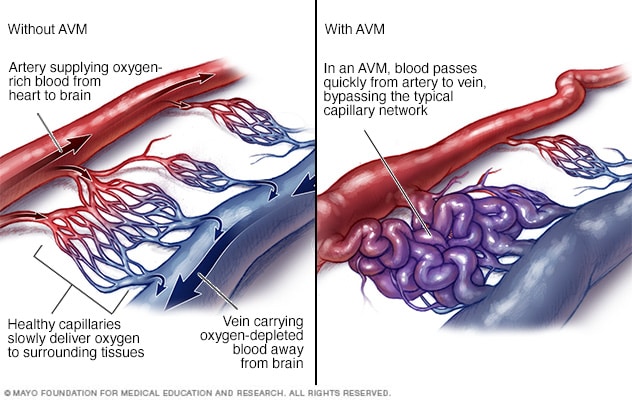 A contrast dye is injected into the arteries to help the blockages show up on the X-rays. The test is performed through a catheter inserted into an artery, usually in the groin or arm.
A contrast dye is injected into the arteries to help the blockages show up on the X-rays. The test is performed through a catheter inserted into an artery, usually in the groin or arm.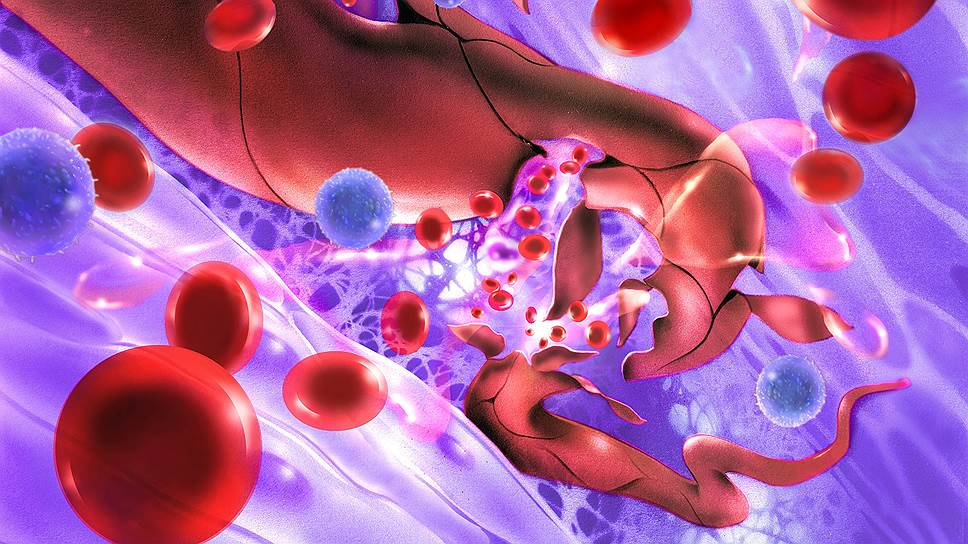
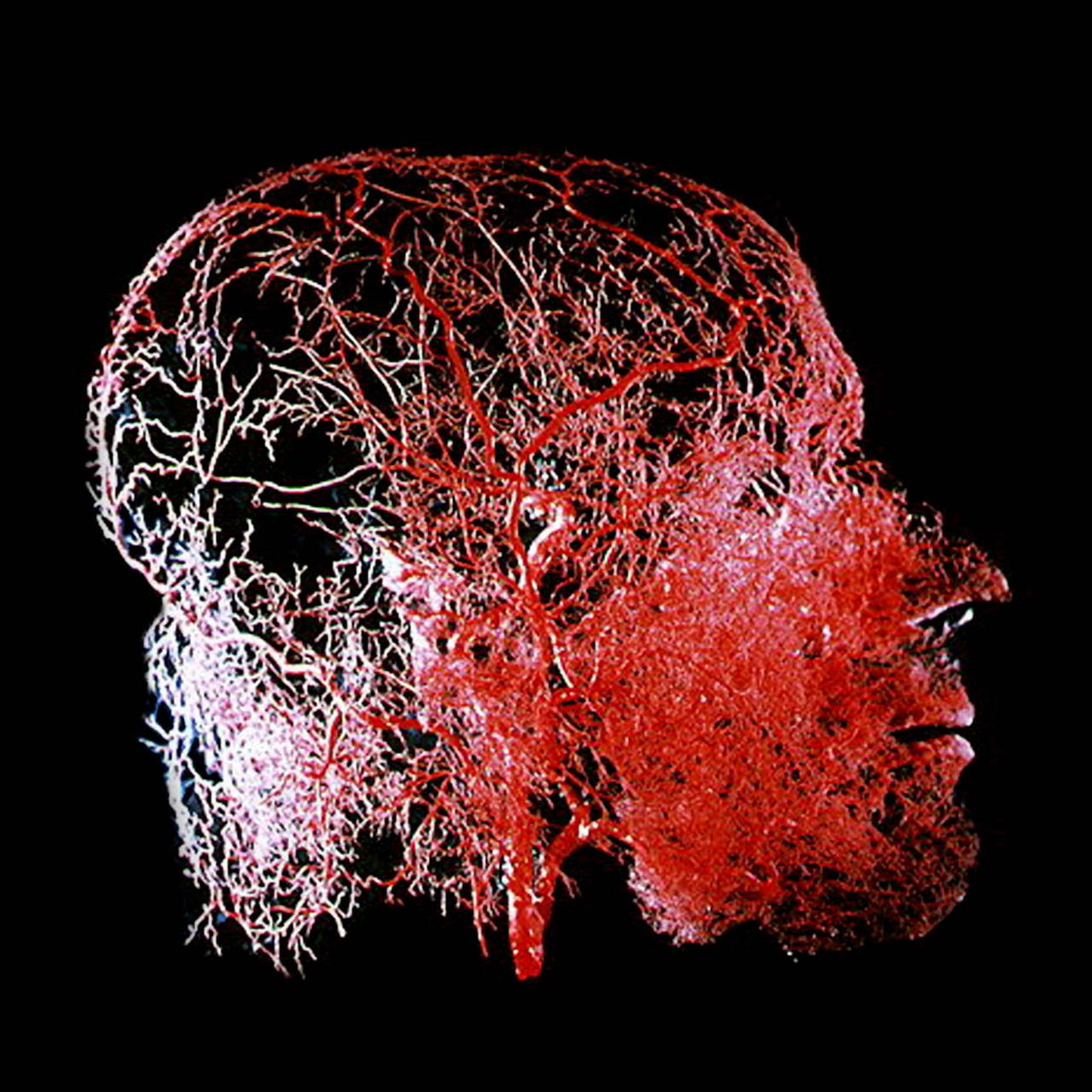 It’s performed through a catheter inserted into a groin artery (cardiac catheterization). The surgeon may place a stent (small tube) in the artery to prop it open.
It’s performed through a catheter inserted into a groin artery (cardiac catheterization). The surgeon may place a stent (small tube) in the artery to prop it open.



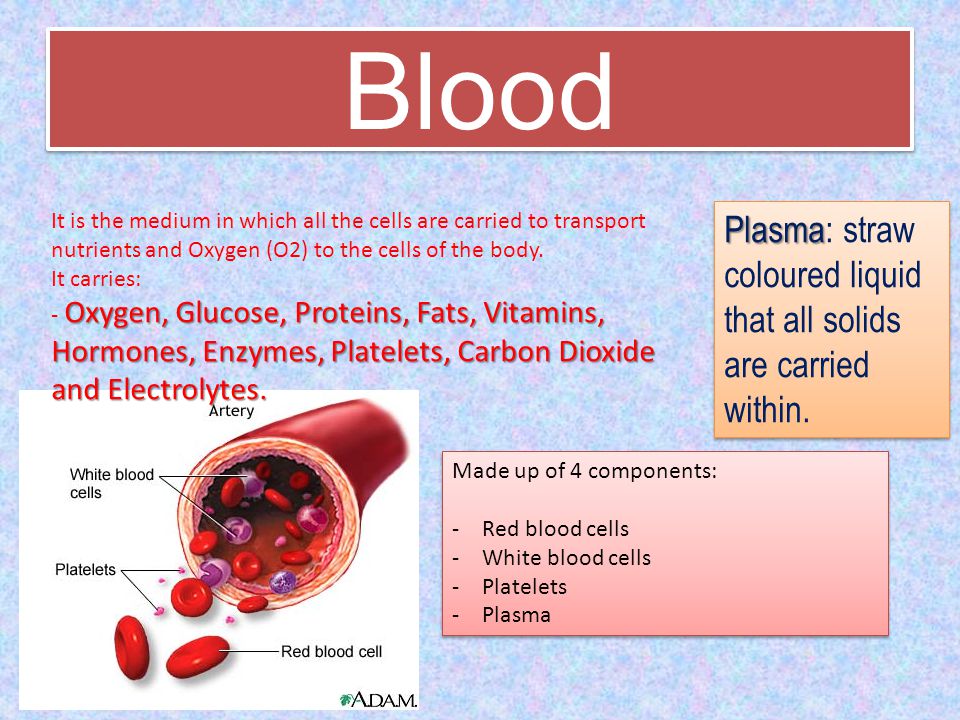
 But exactly why high cholesterol levels promote plaque formation is not clear. Cholesterol is found normally in all cell membranes, but it may alter the physical properties of the blood vessel wall, making it more likely to get damaged.
But exactly why high cholesterol levels promote plaque formation is not clear. Cholesterol is found normally in all cell membranes, but it may alter the physical properties of the blood vessel wall, making it more likely to get damaged.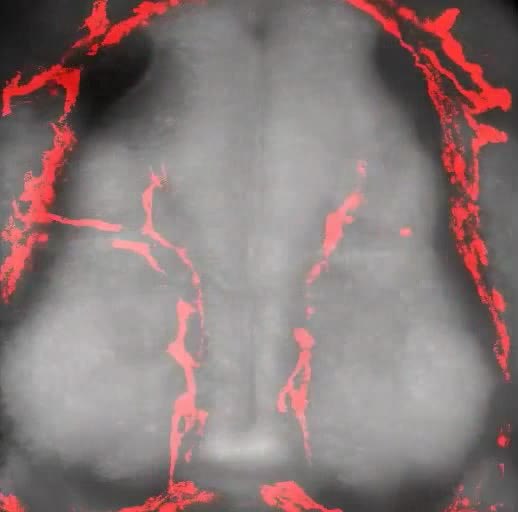
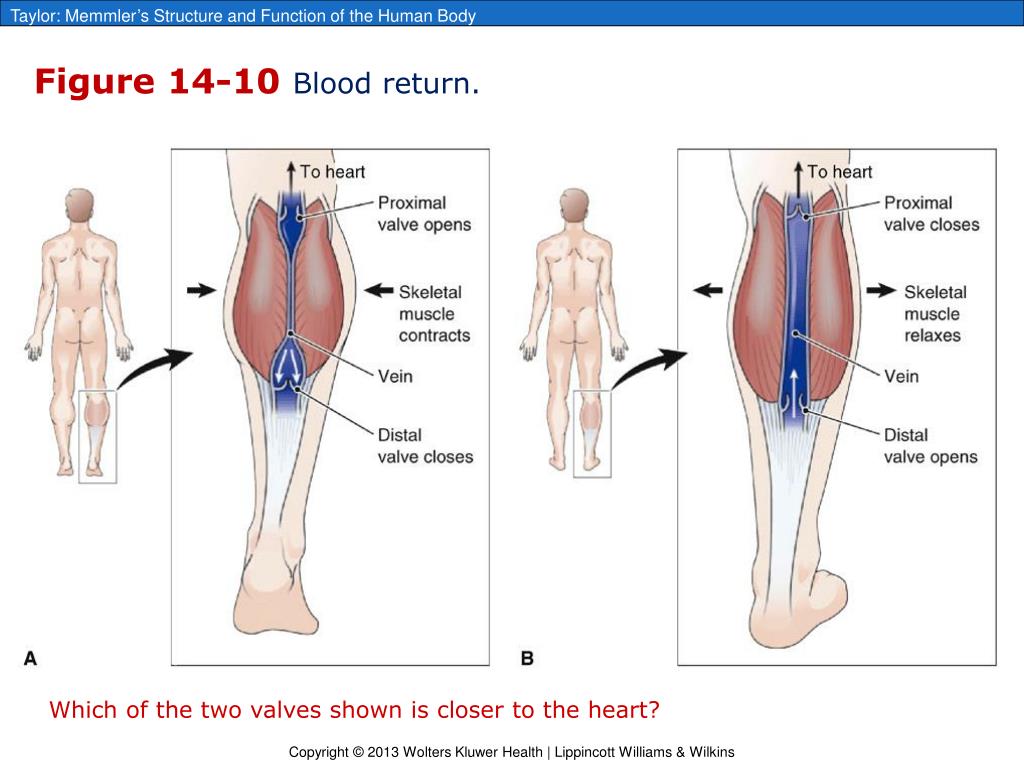 With a tumor, these symptoms differ primarily in that they lead to dysfunction of the affected organ – for example, to a limitation of the mobility of an arm or leg.
With a tumor, these symptoms differ primarily in that they lead to dysfunction of the affected organ – for example, to a limitation of the mobility of an arm or leg.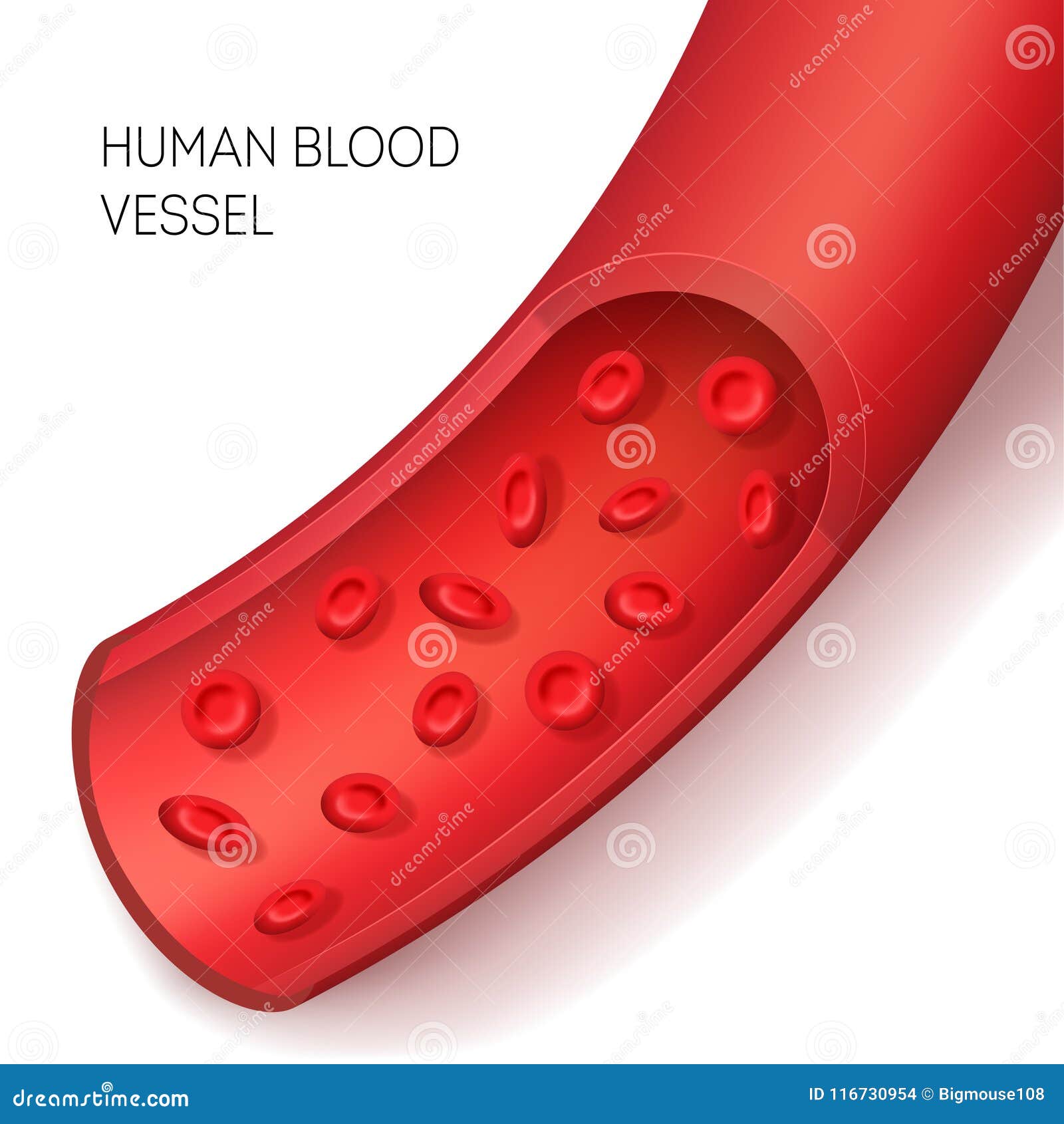 But they appear already when the tumor is already very large.
But they appear already when the tumor is already very large.